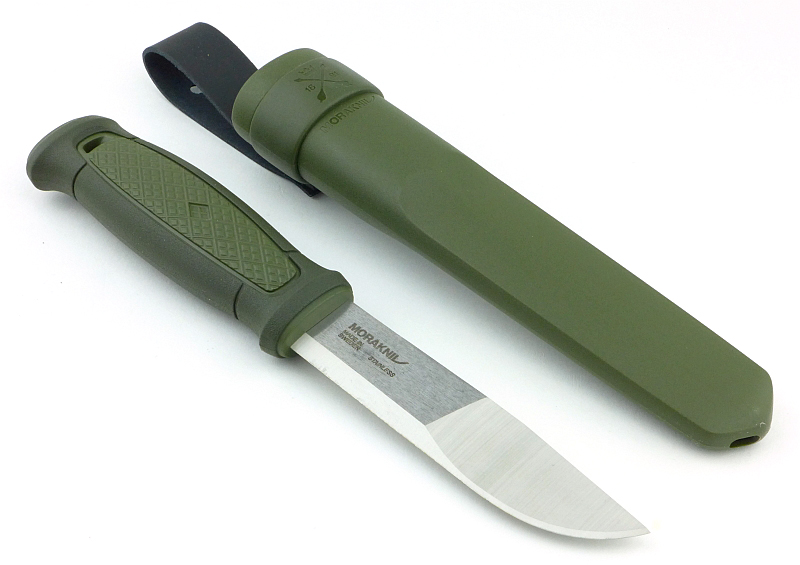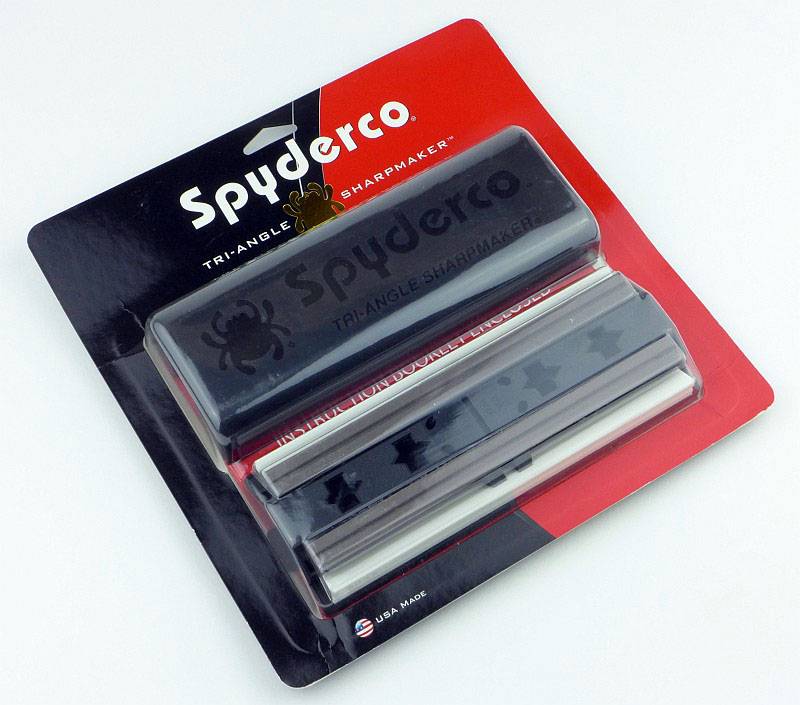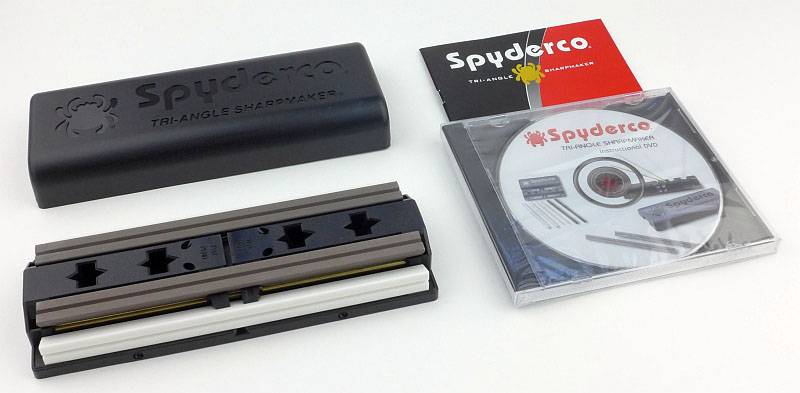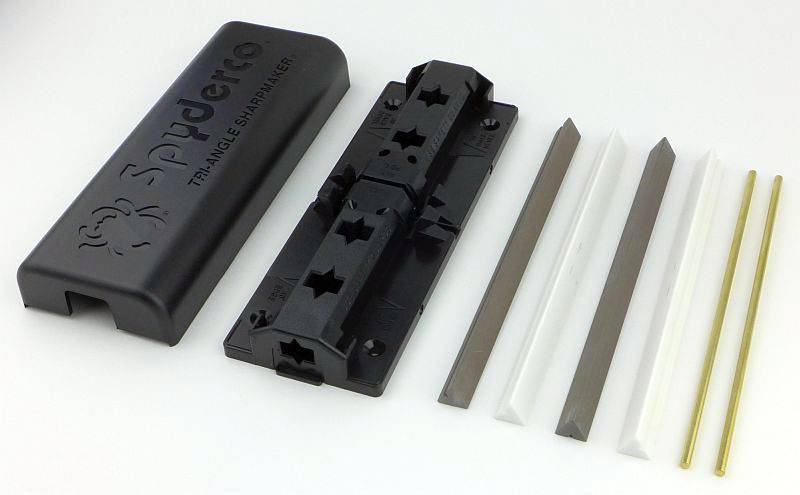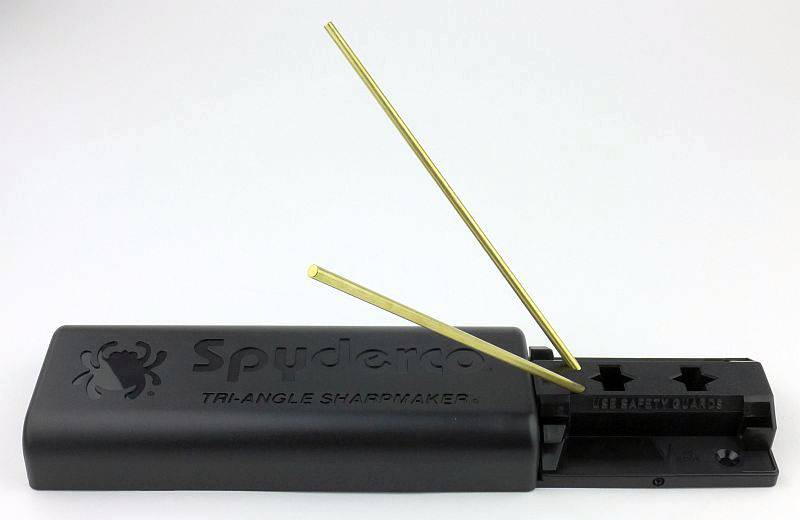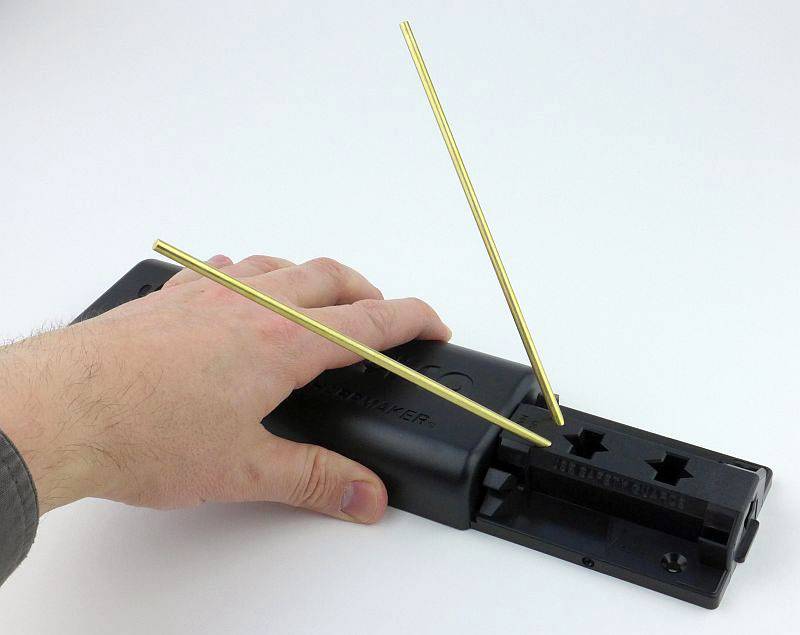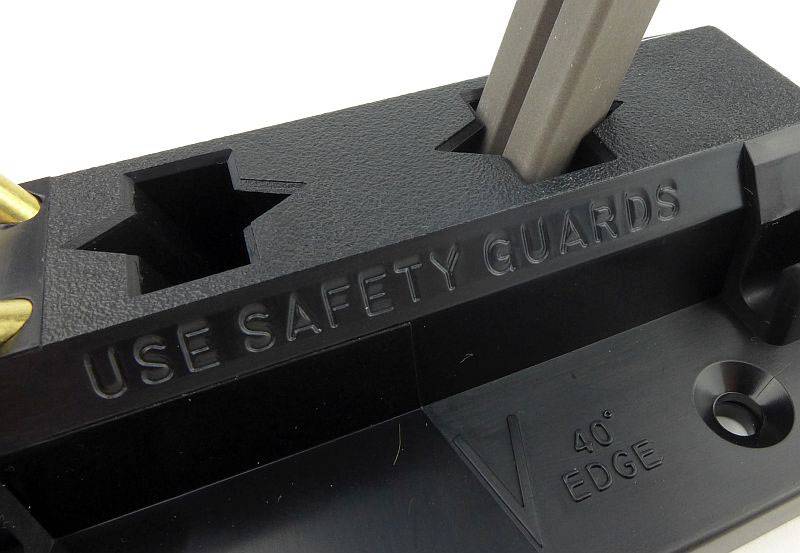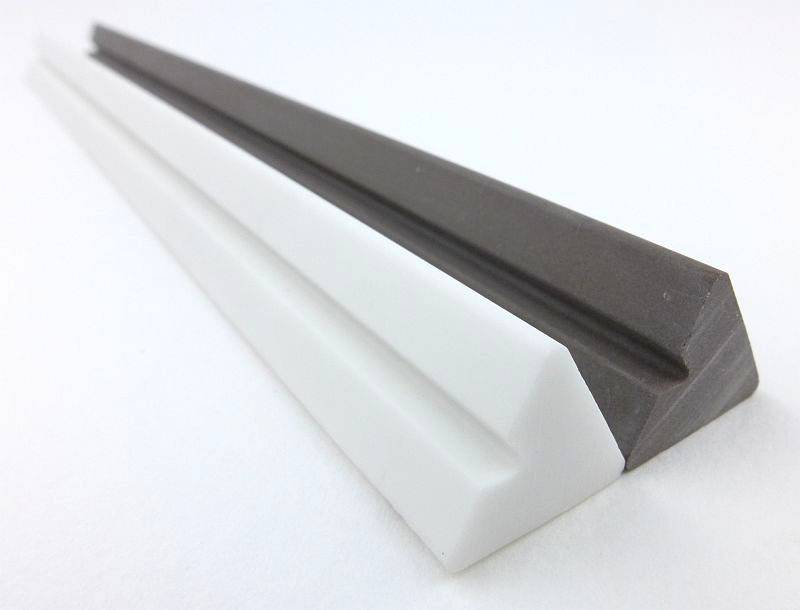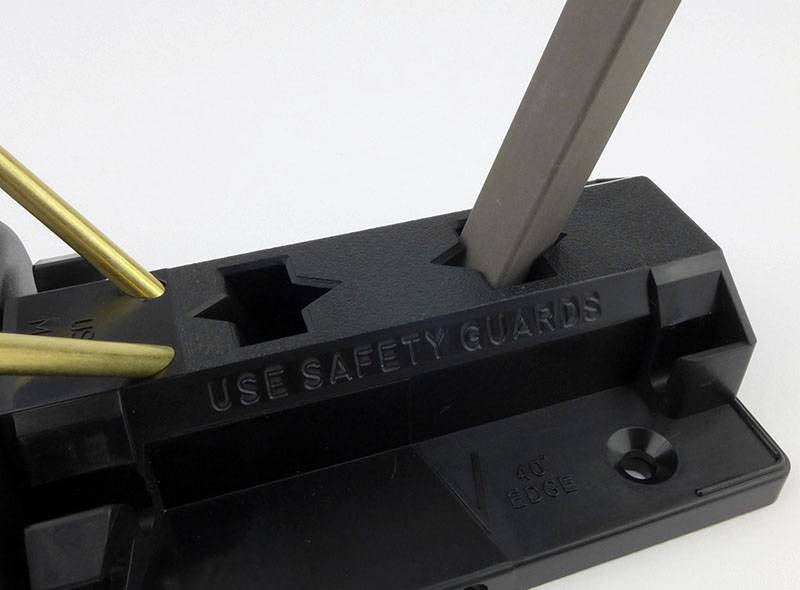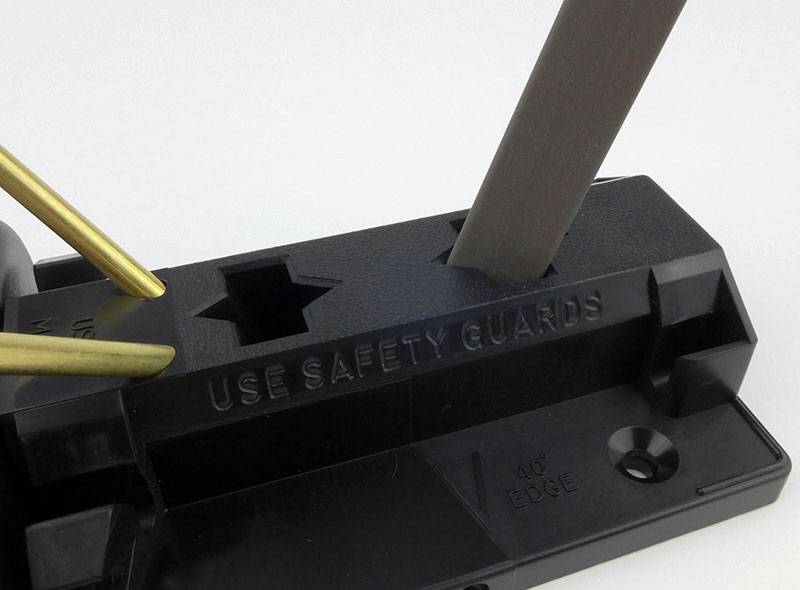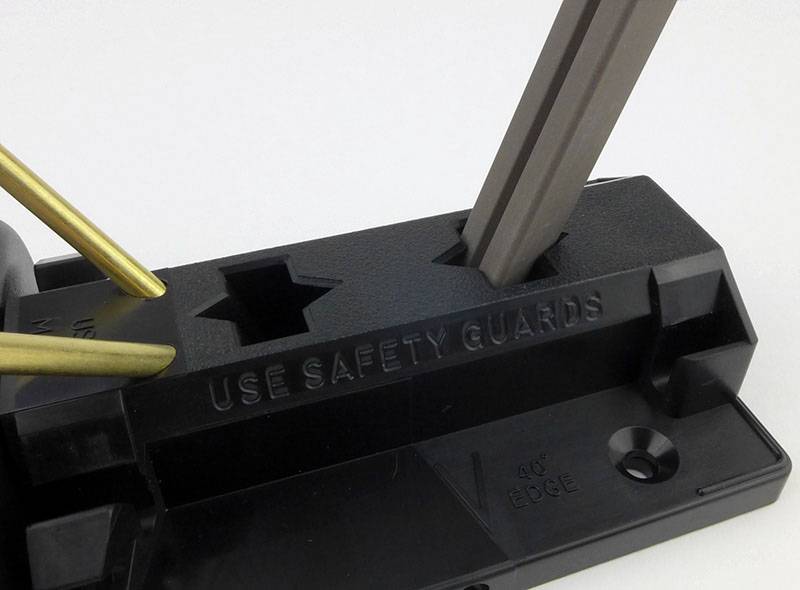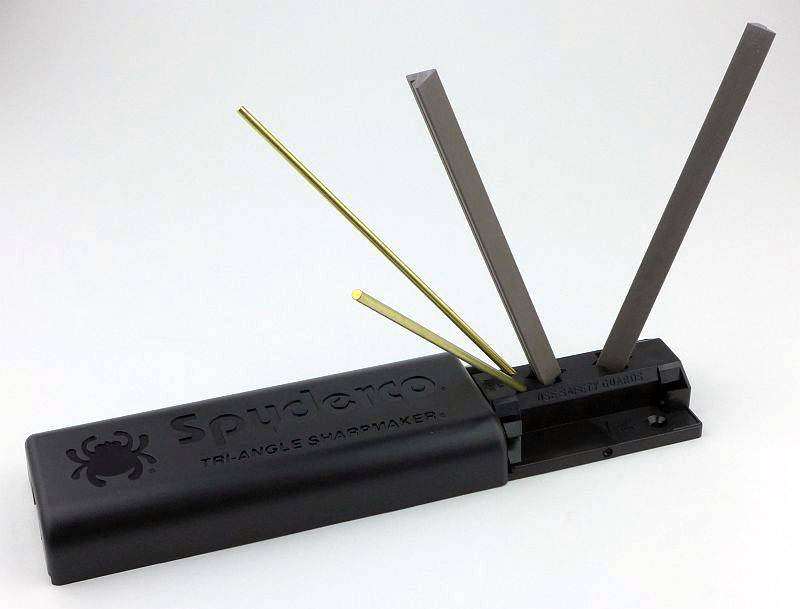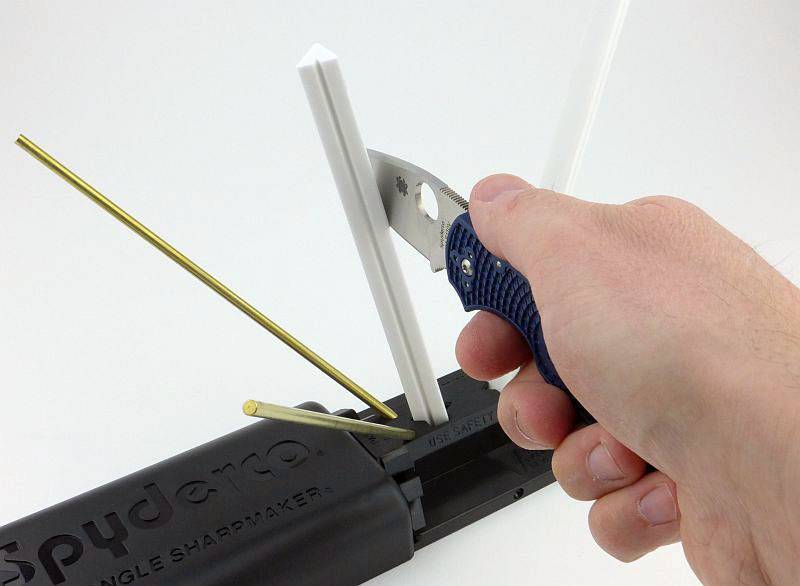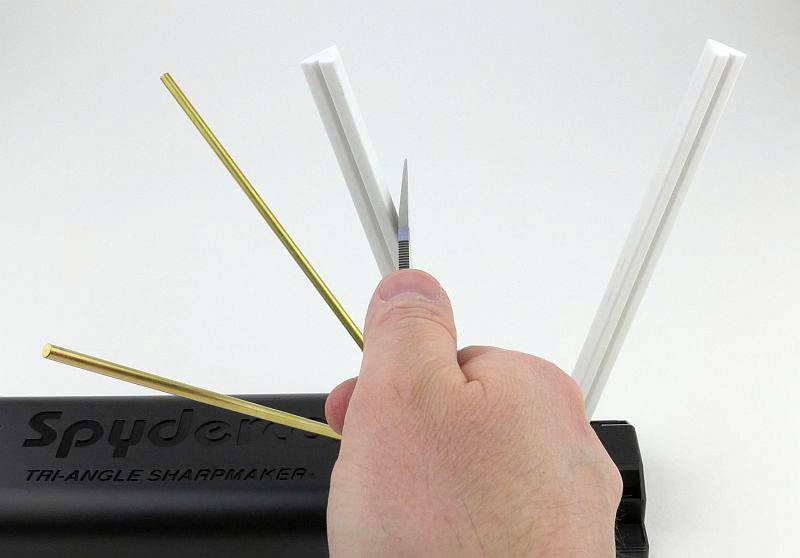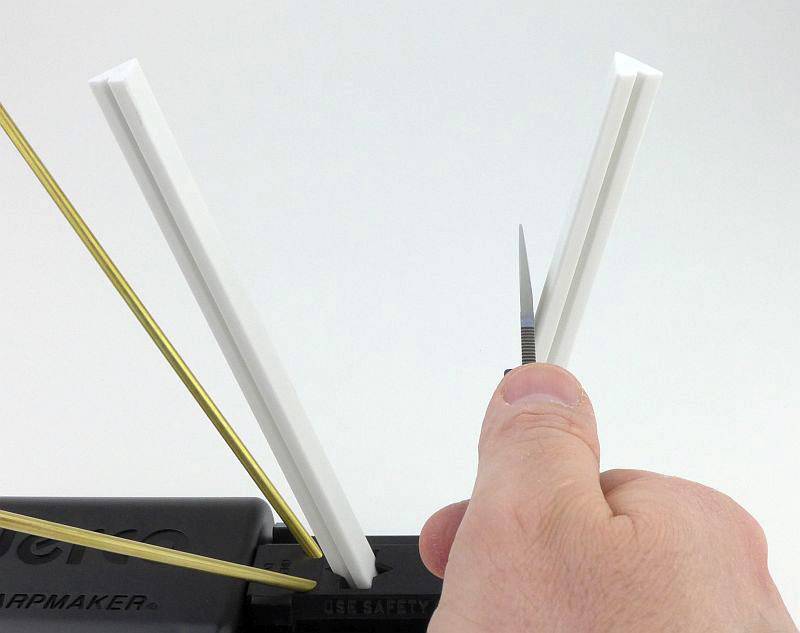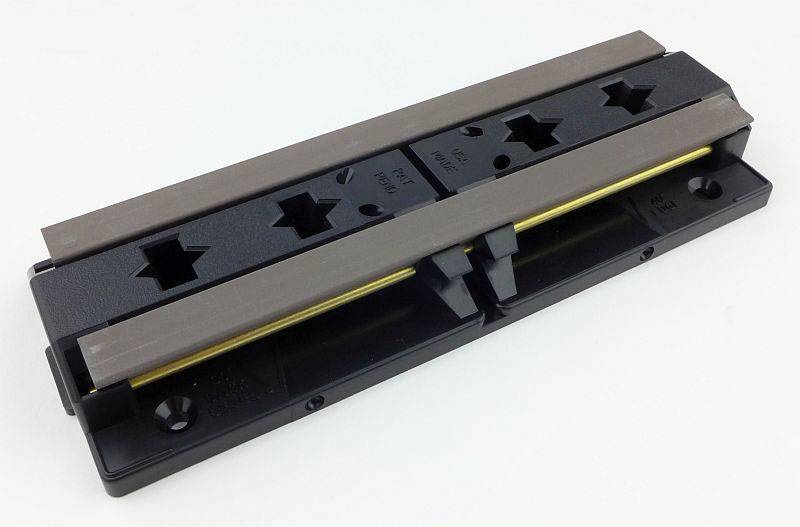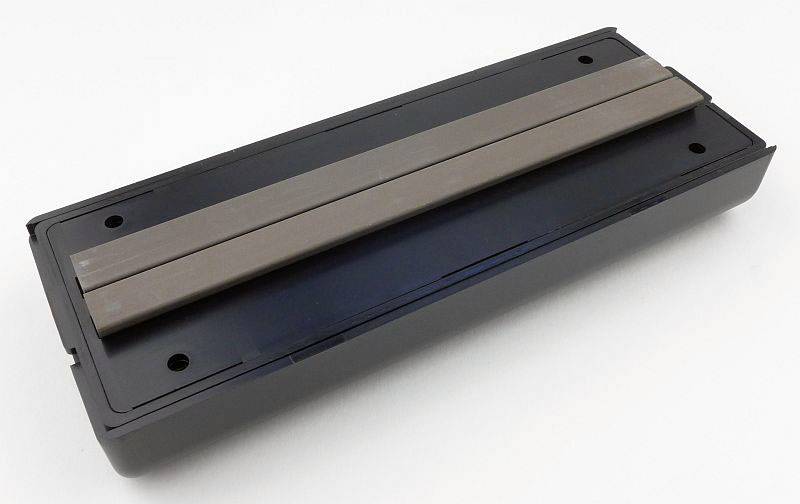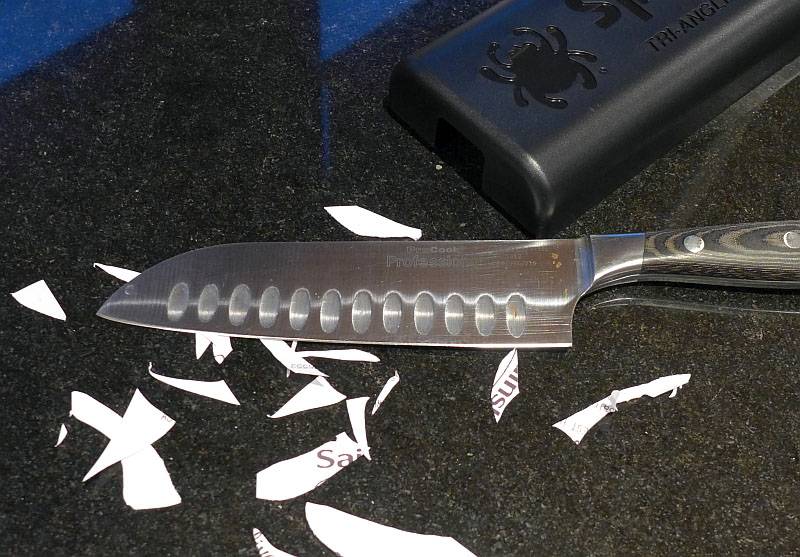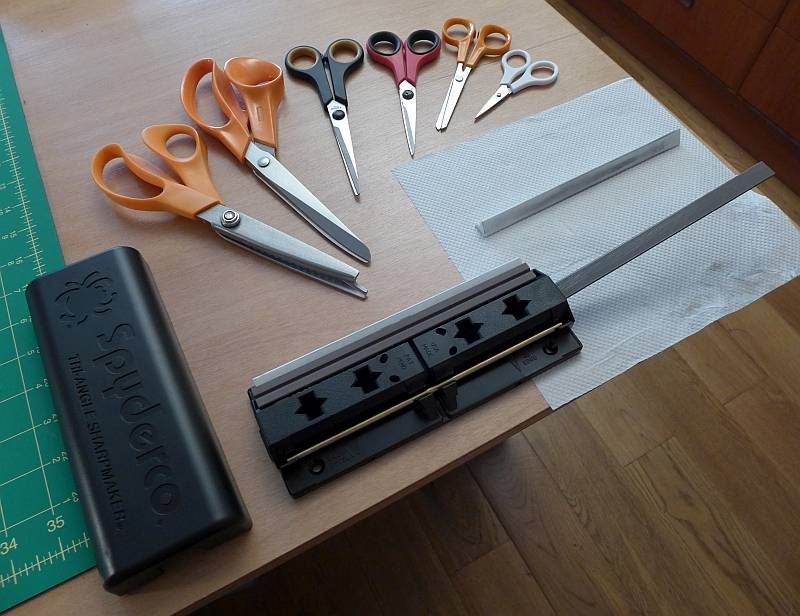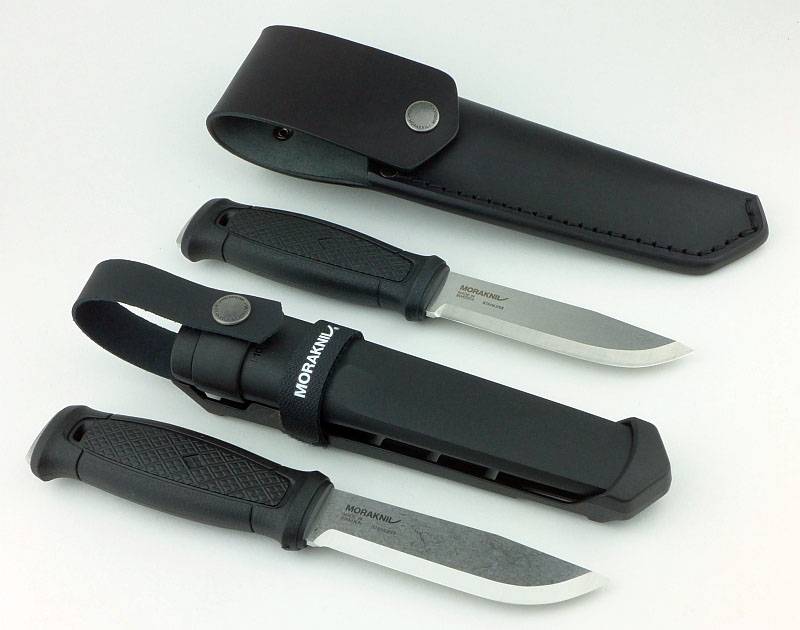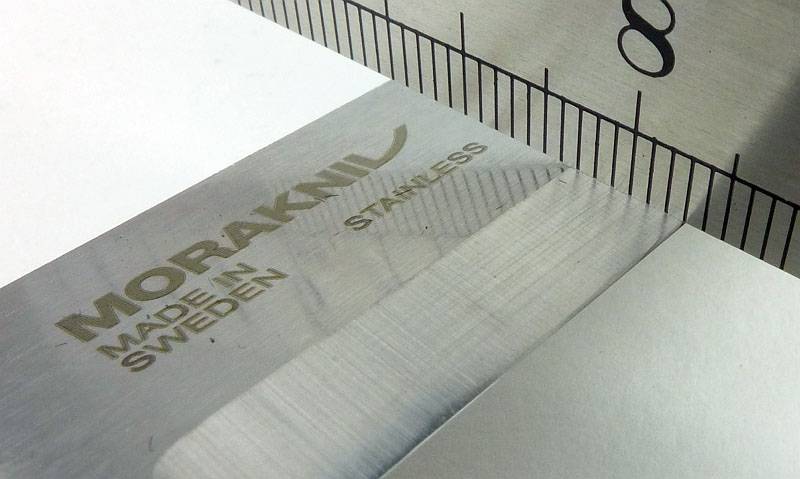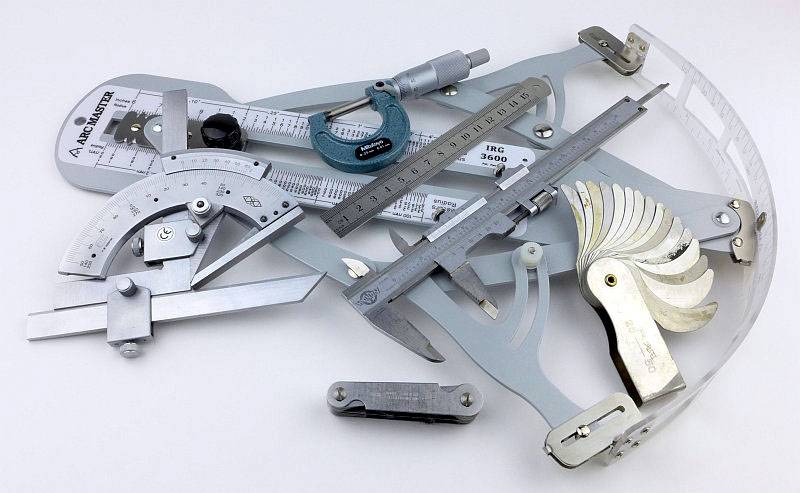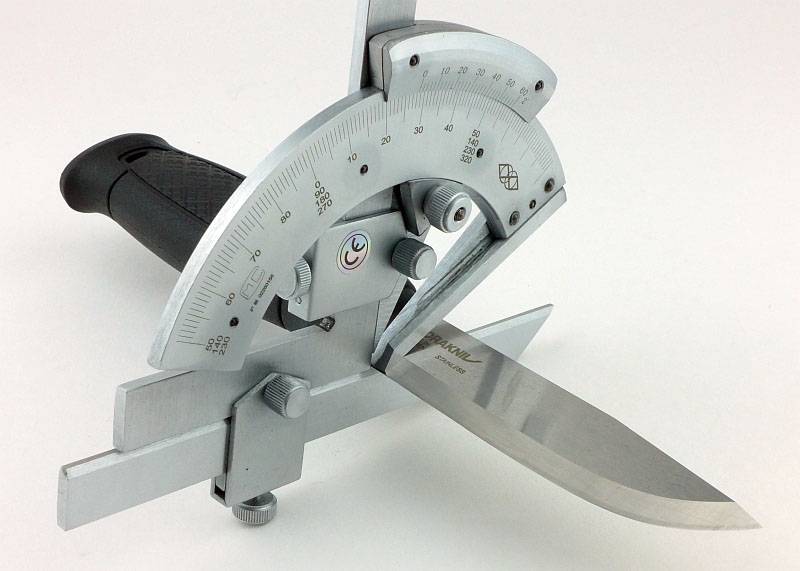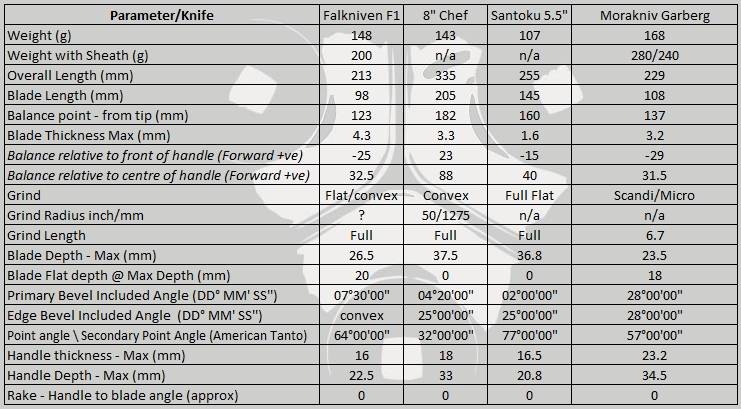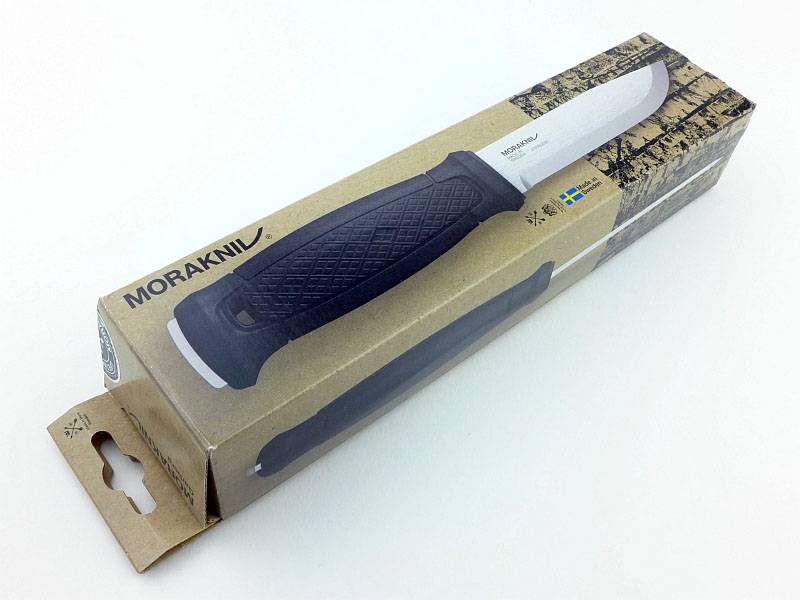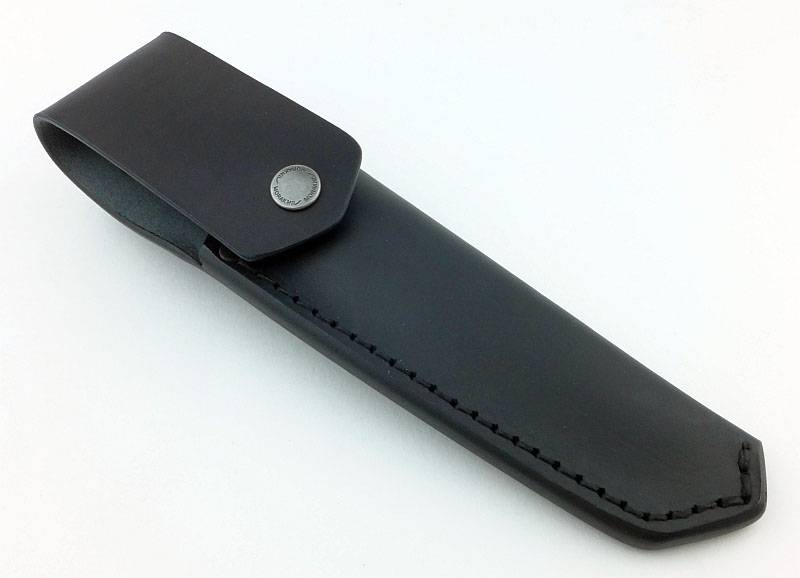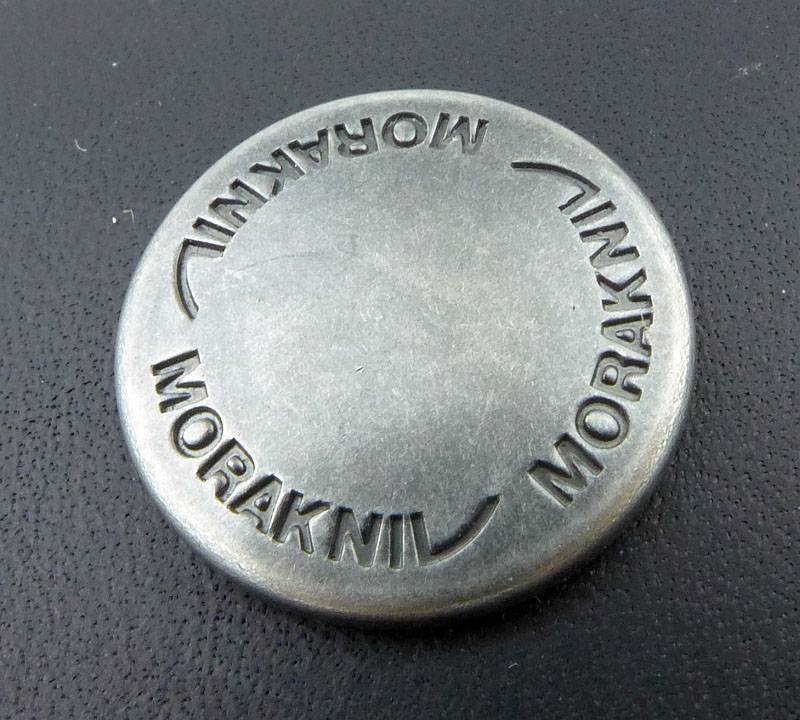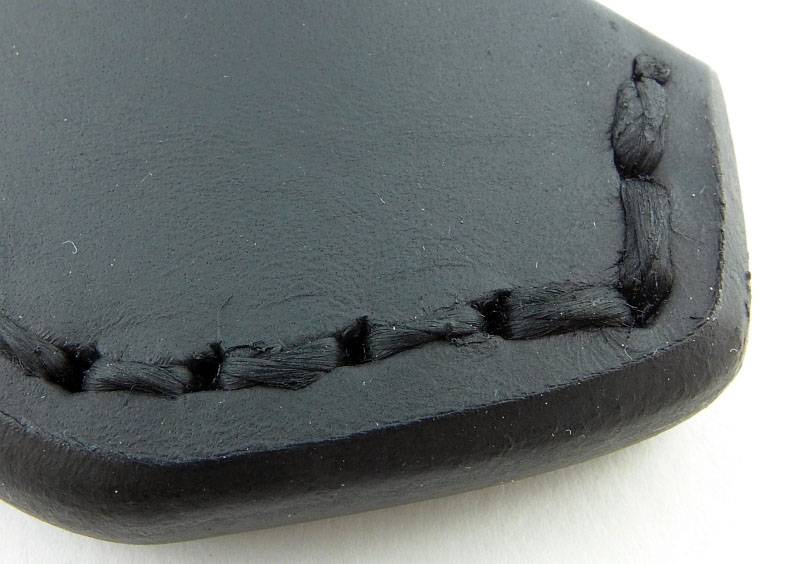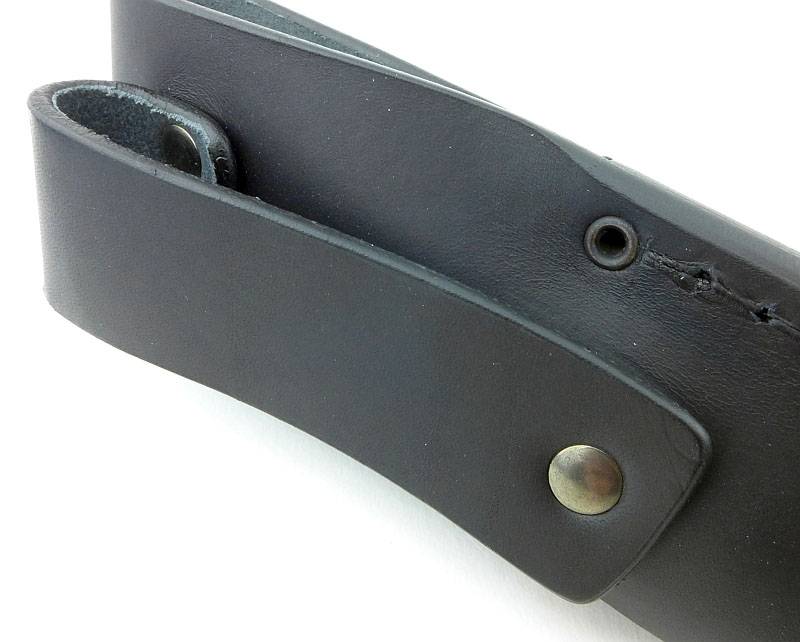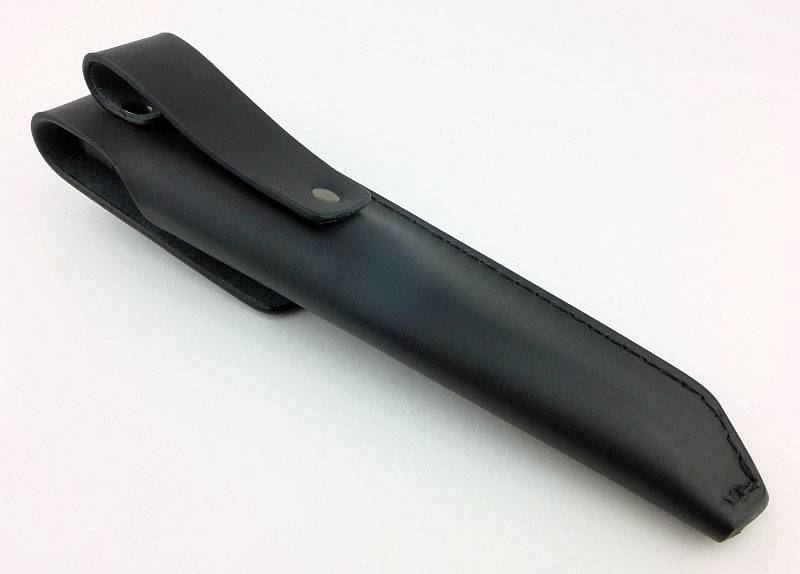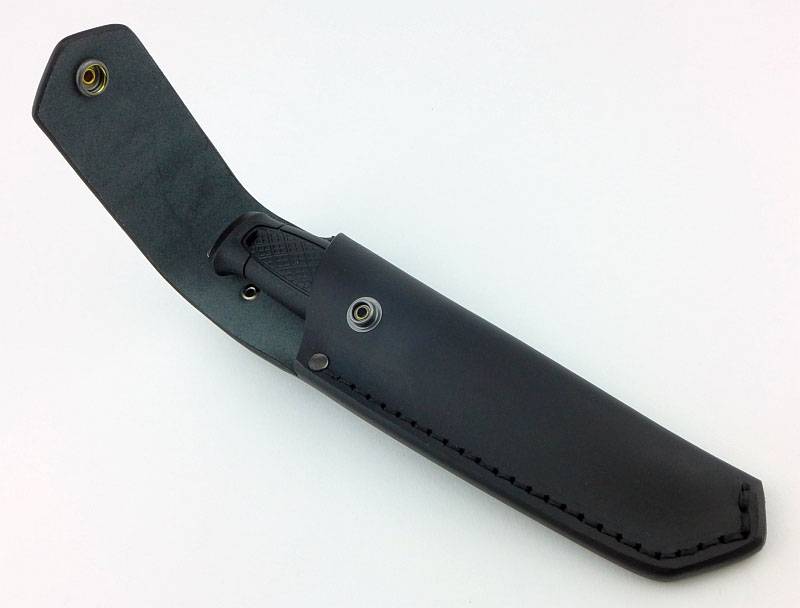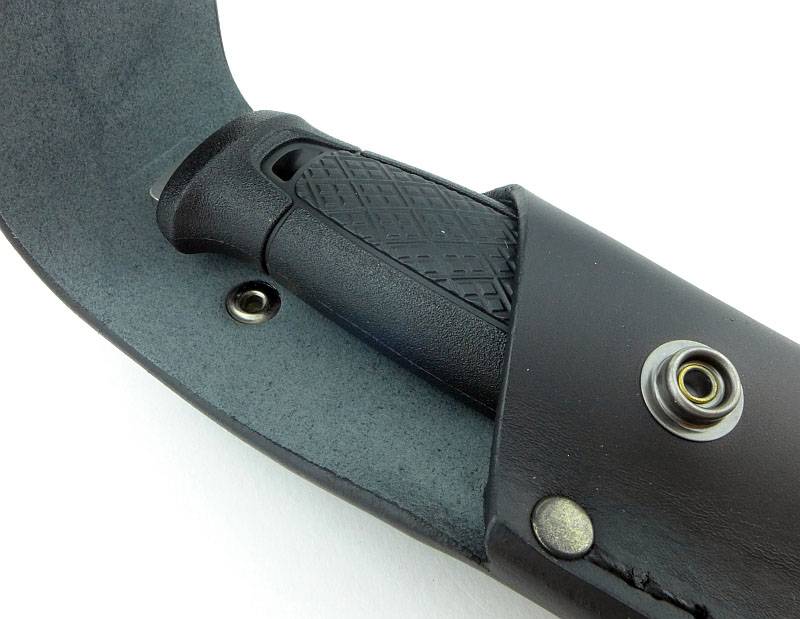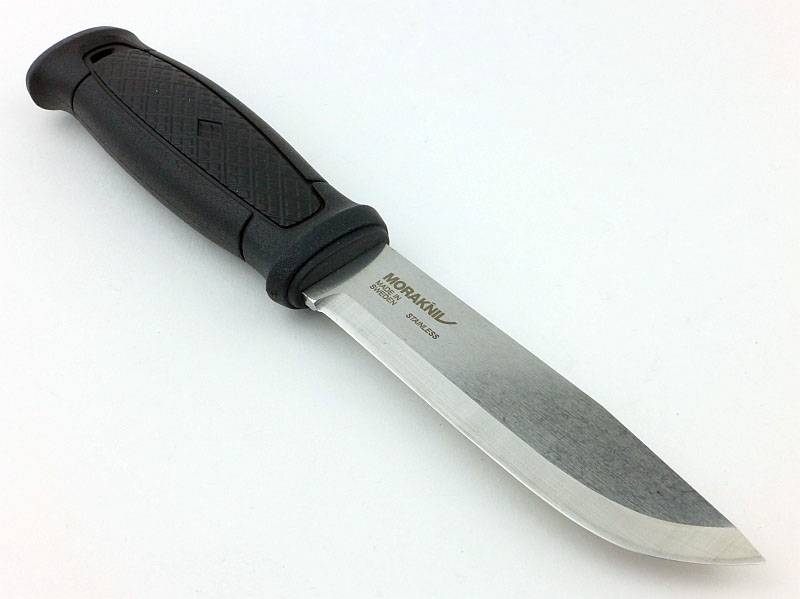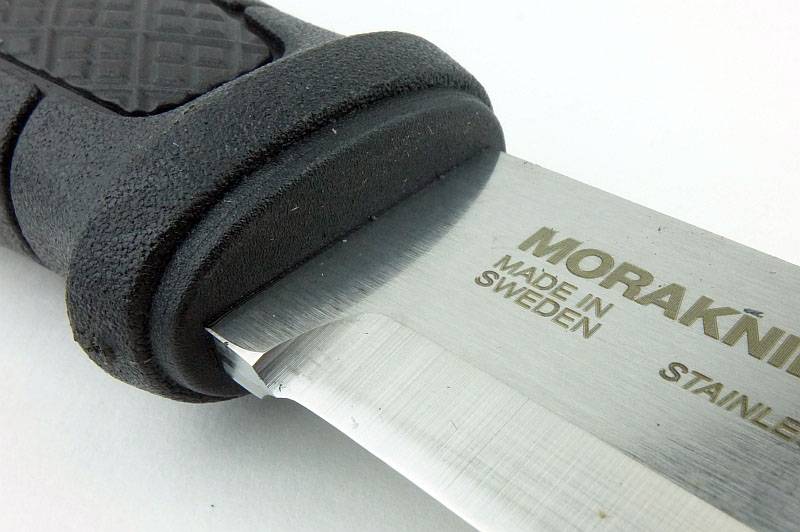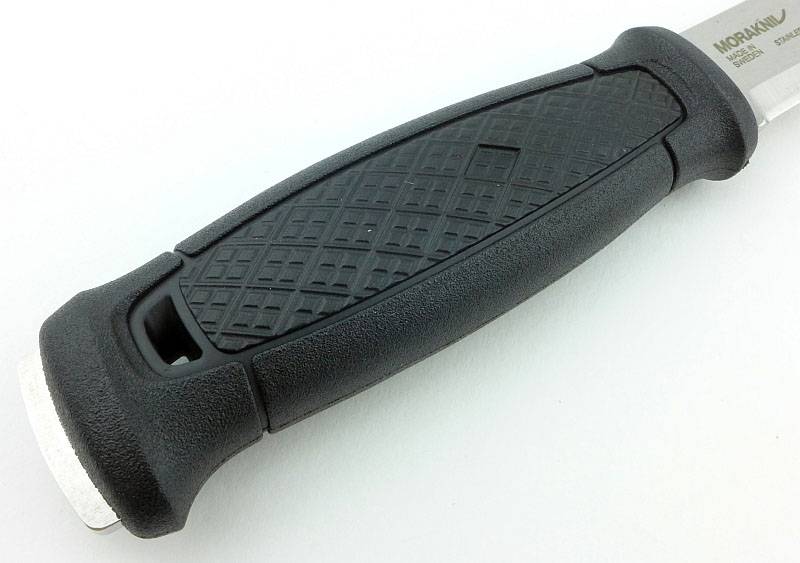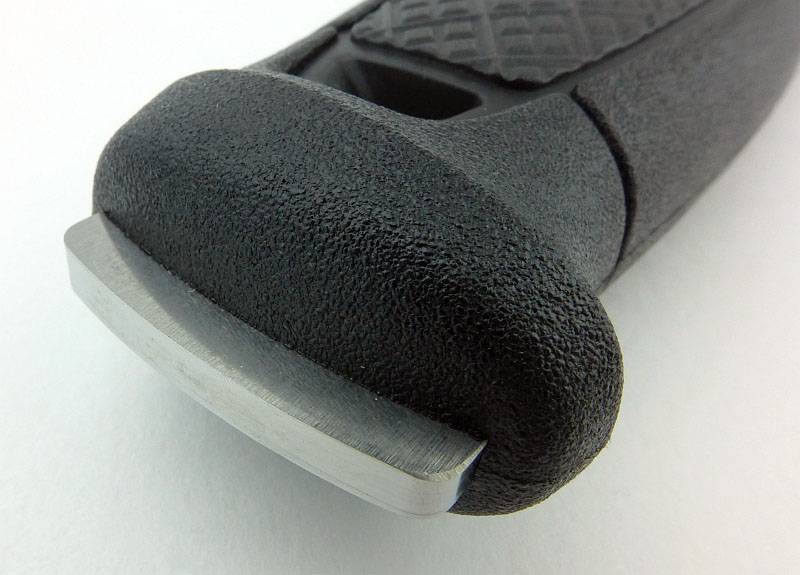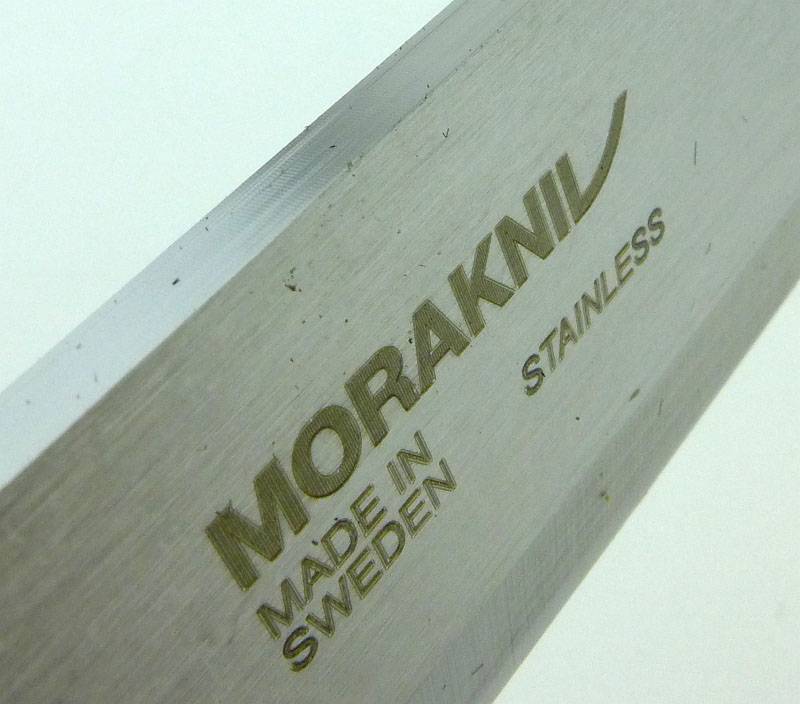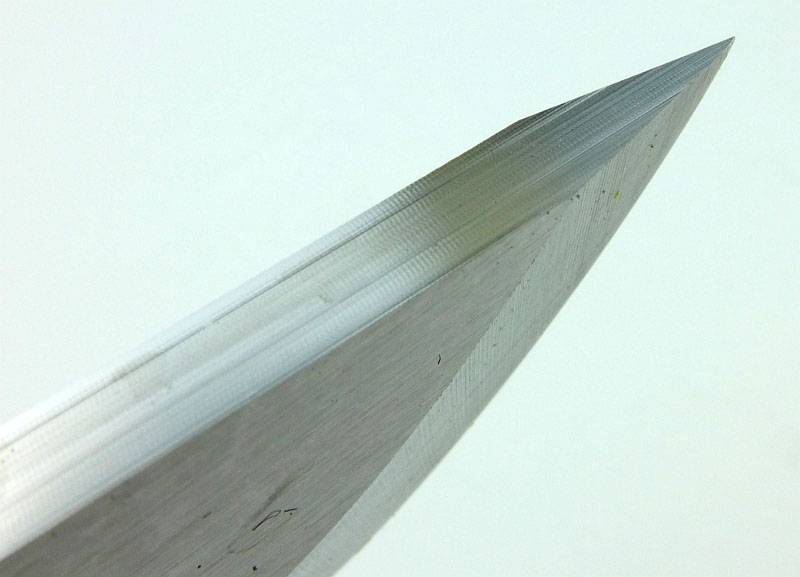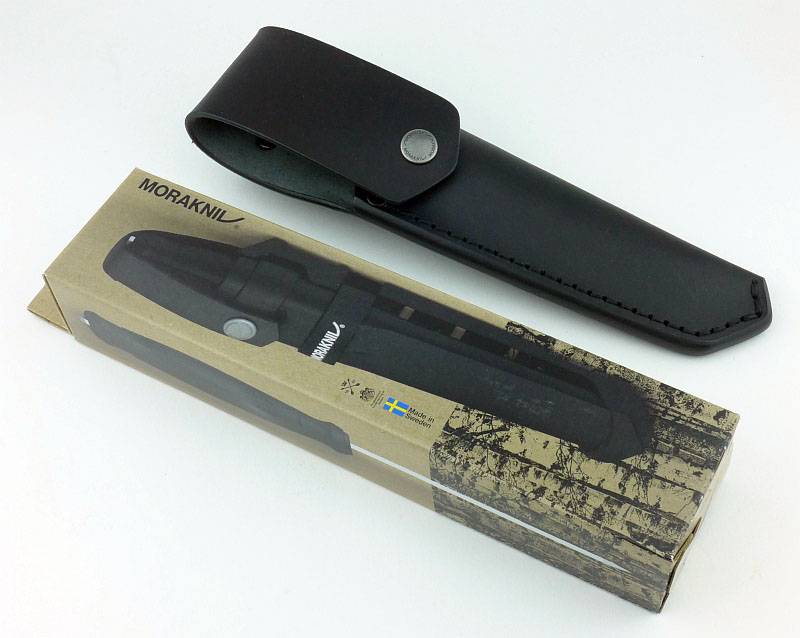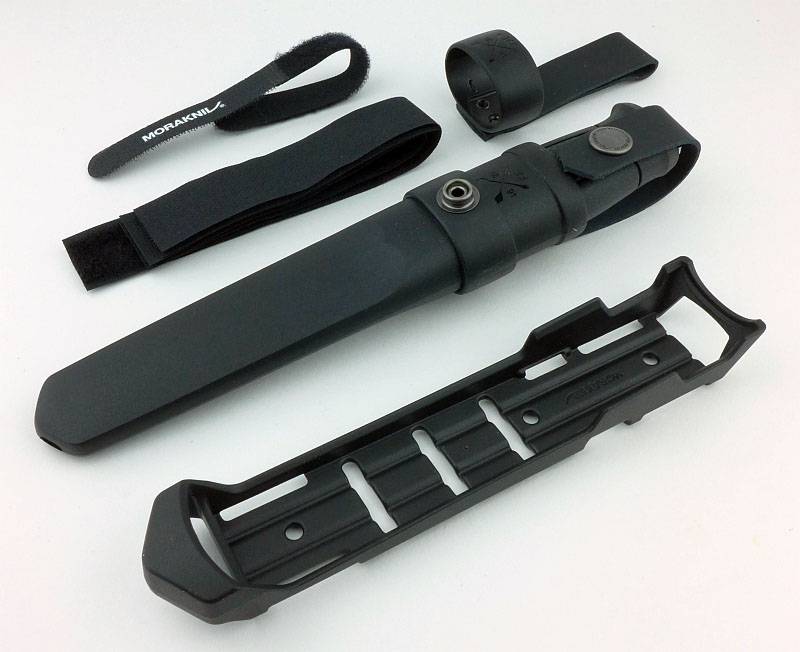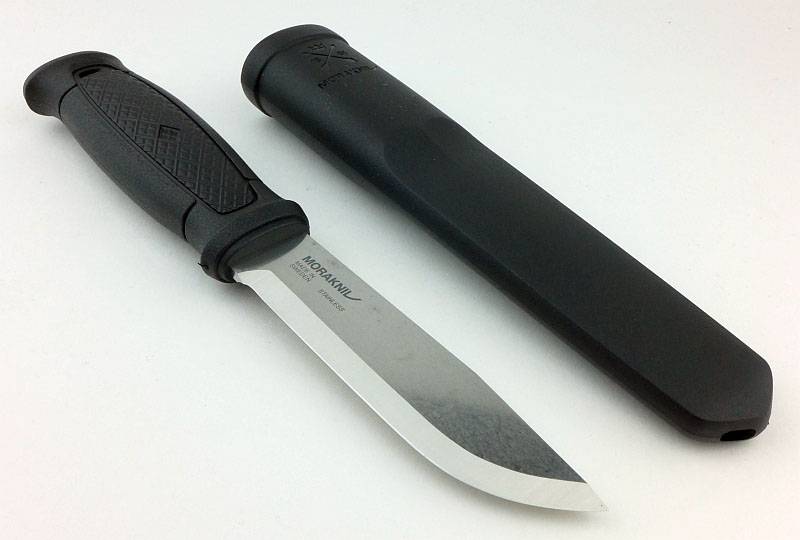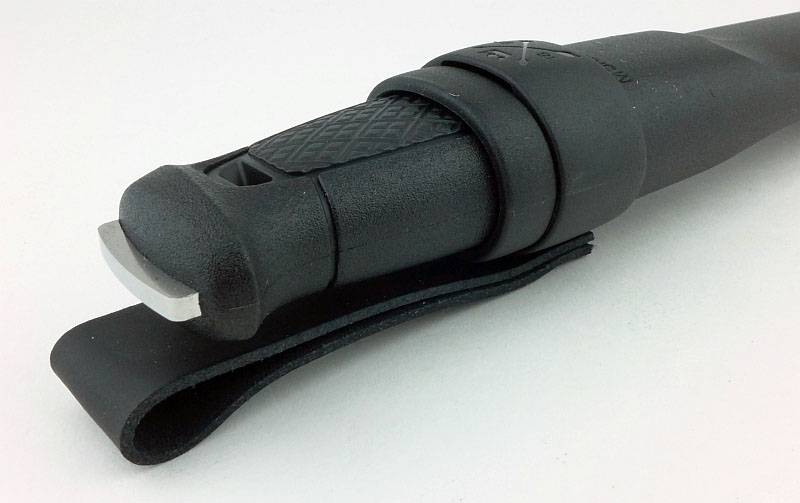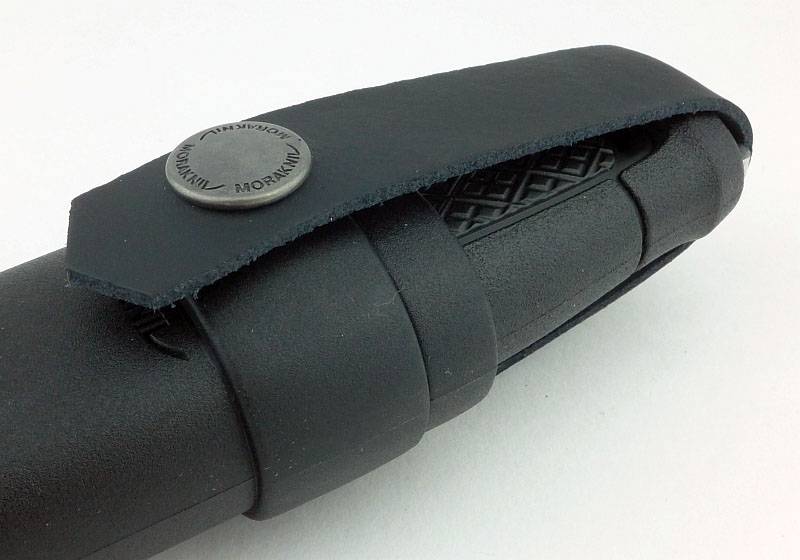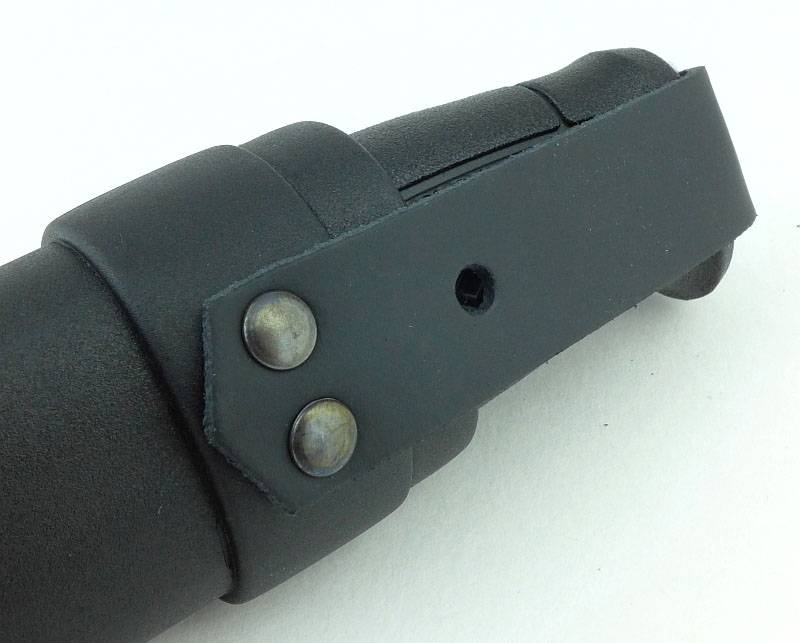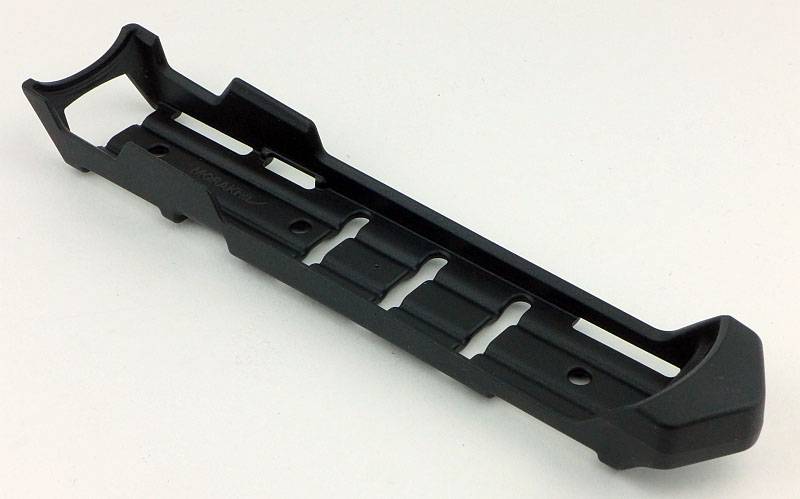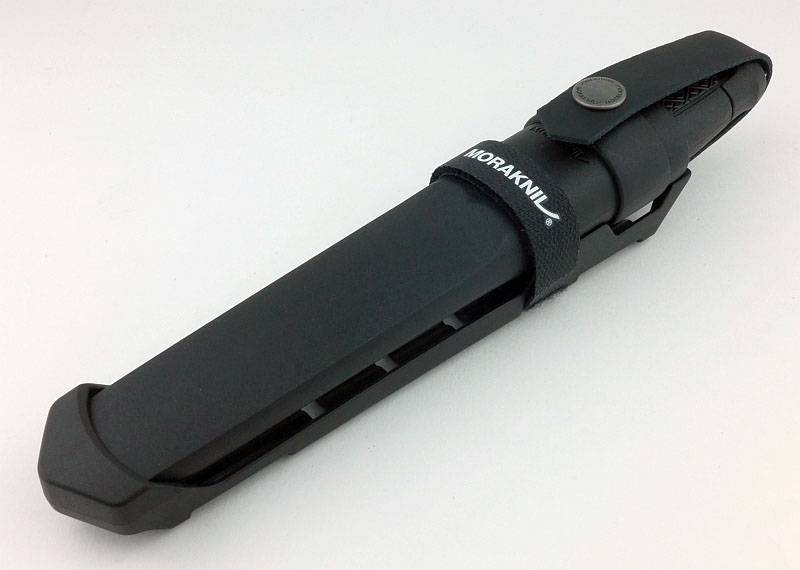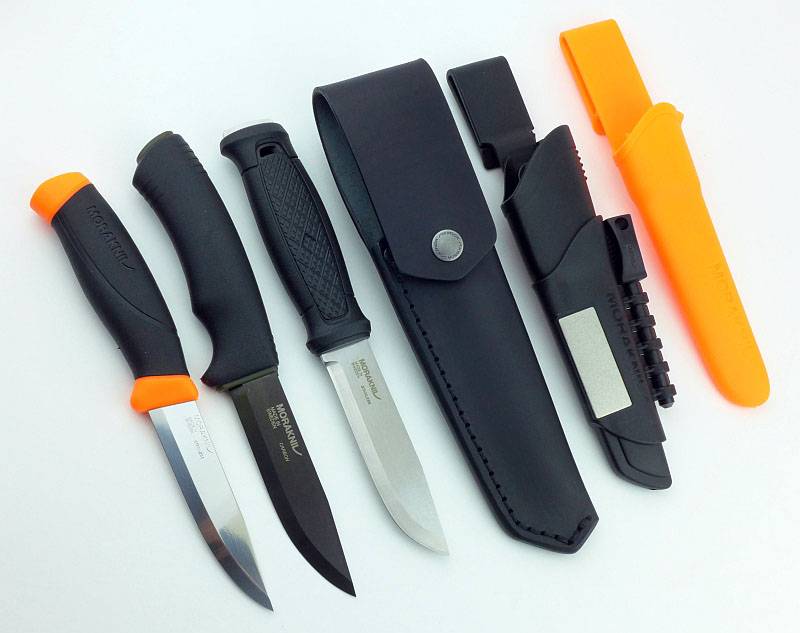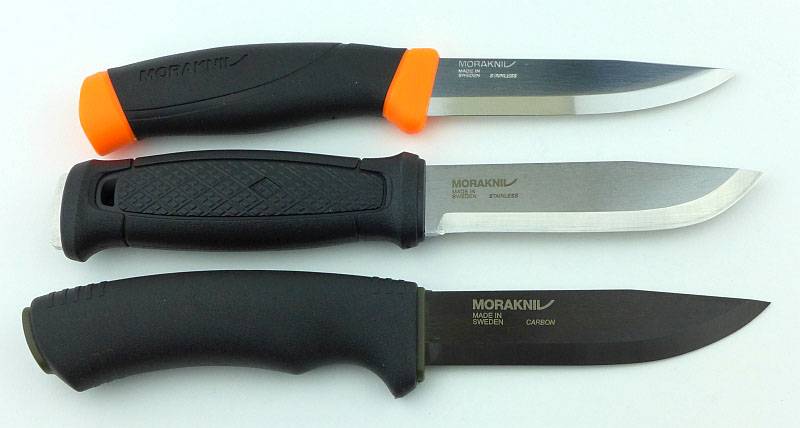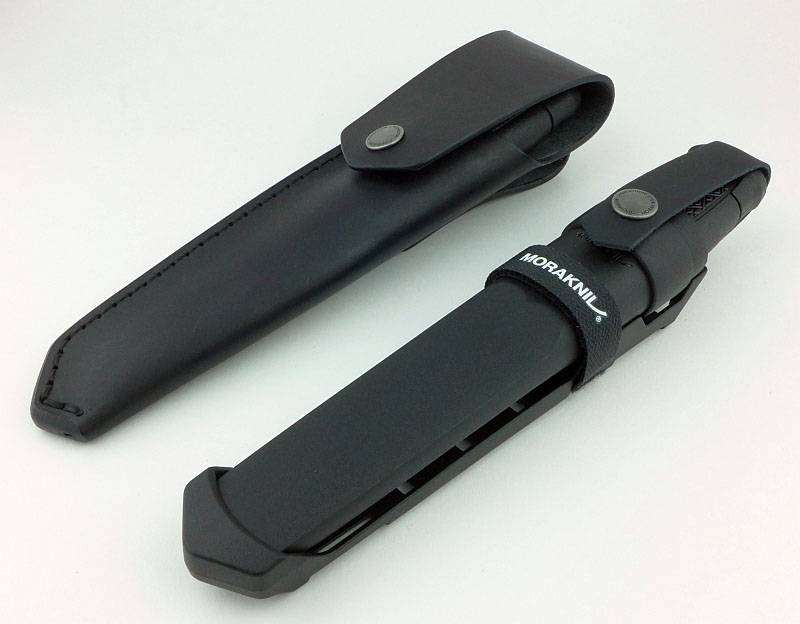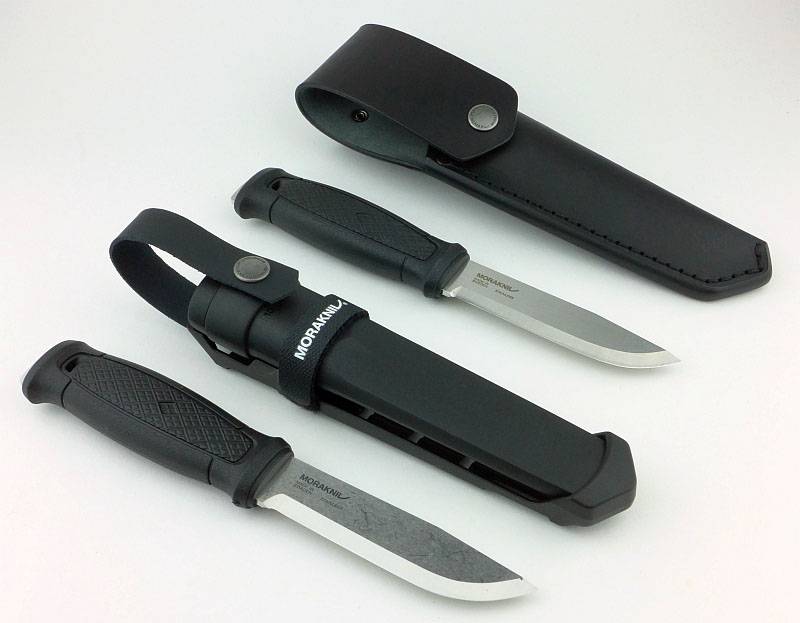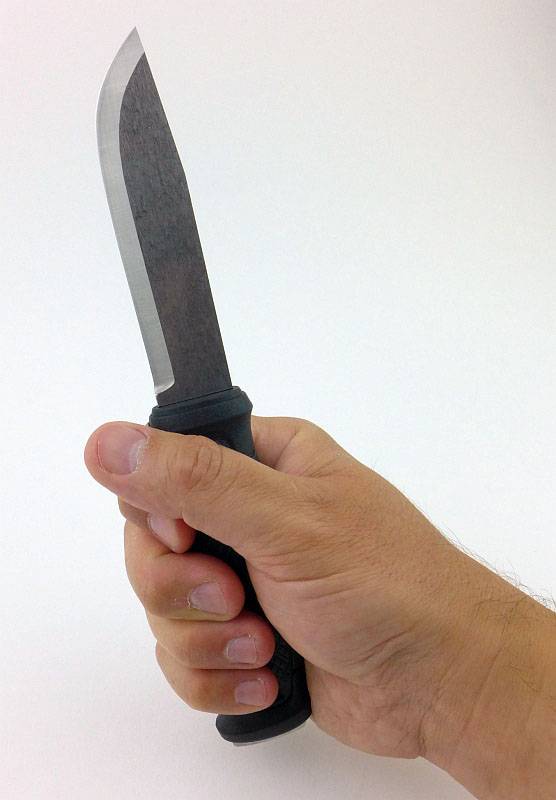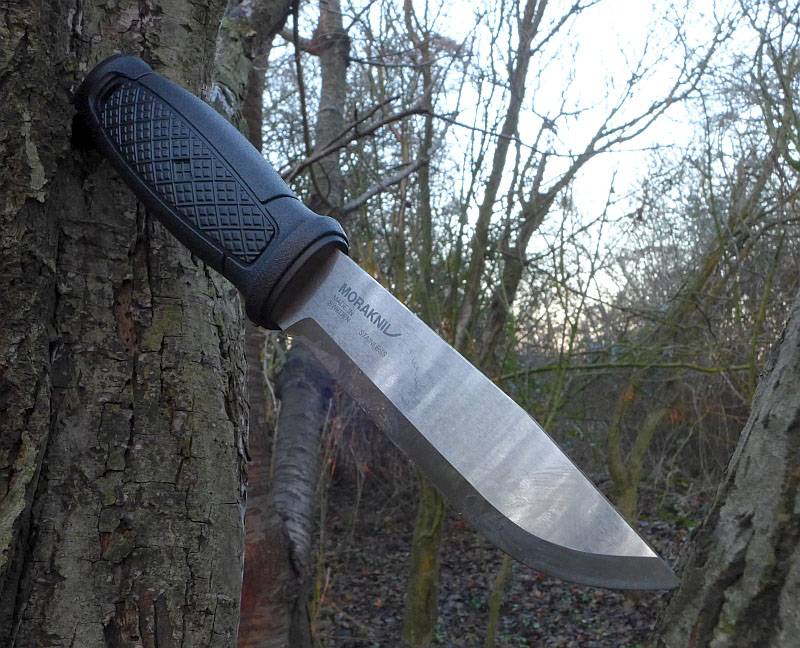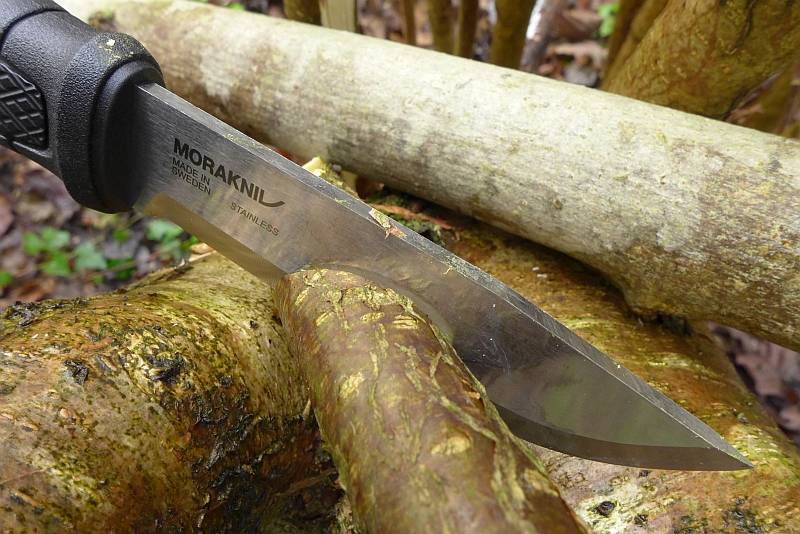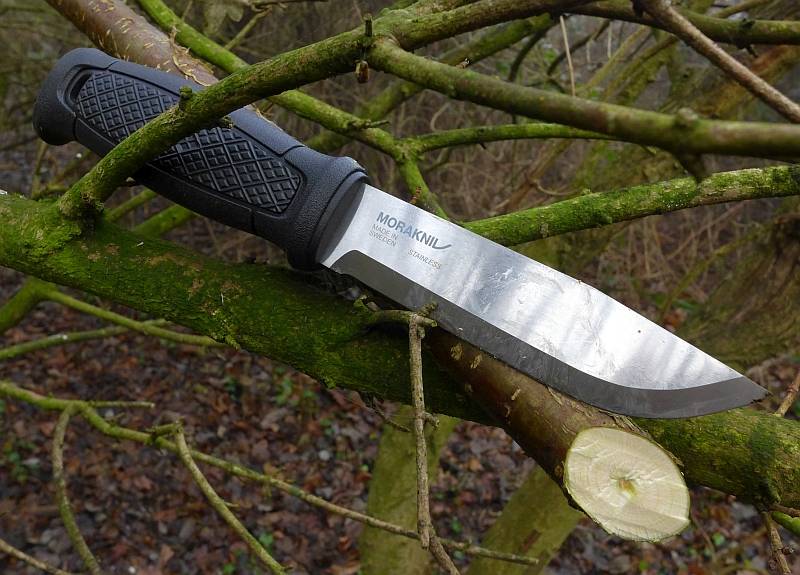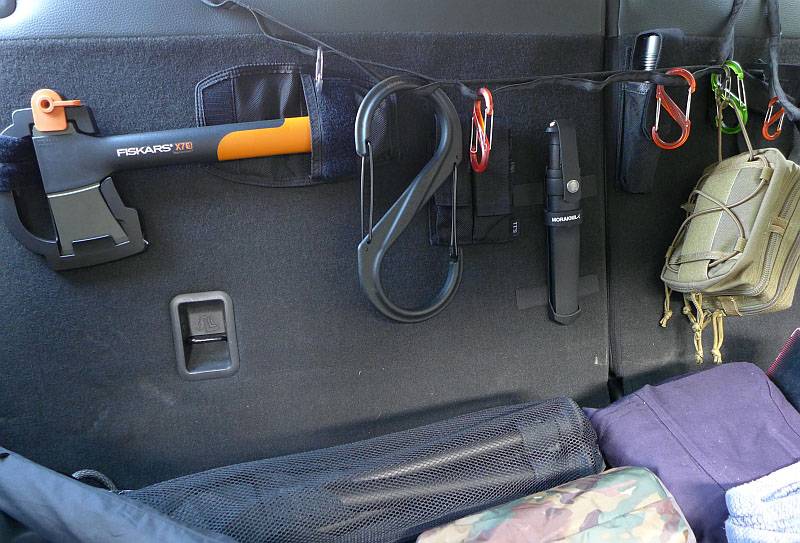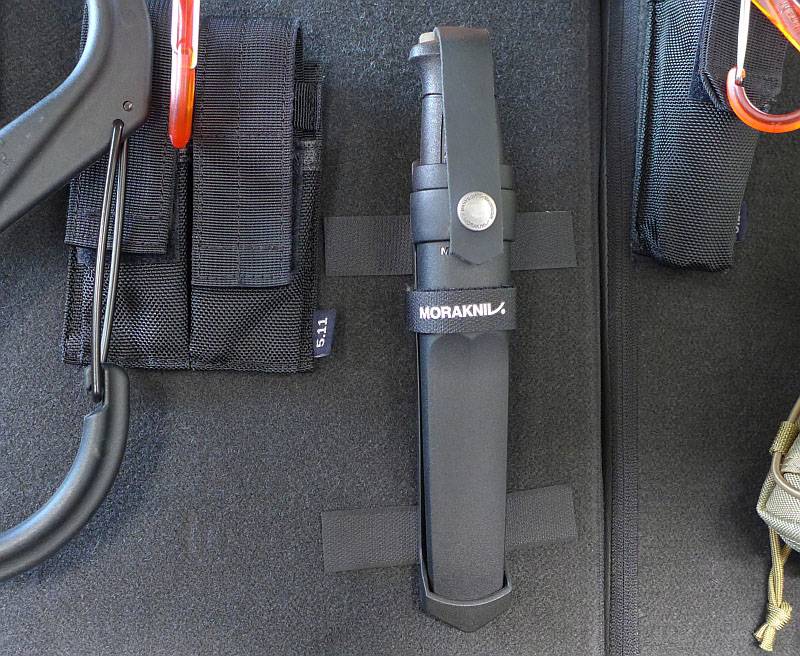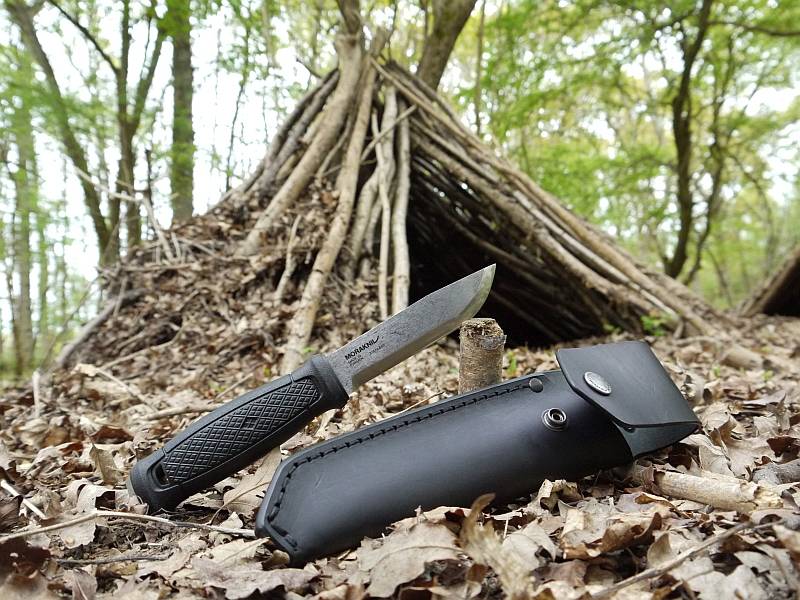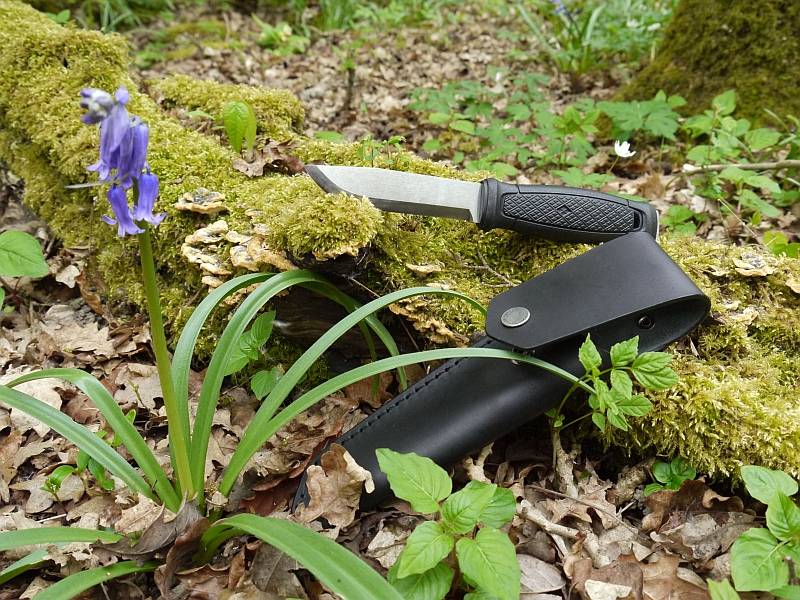Released along with Morakniv’s Garberg and Eldris models, this knife is actually an update of their classic and very popular ‘2000’ Hunting knife. Headlined as Morakniv’s “Primary All Round Knife” – meet Kansbol.
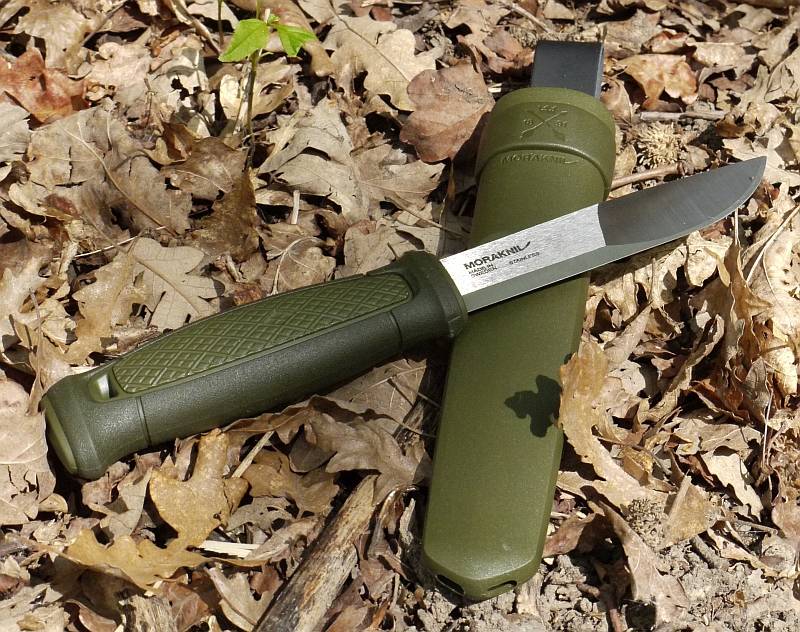
The Blade and Handle Geometry:
Most knife specifications have a basic description of the blade geometry, but in this section I will be taking a more detailed look at geometry and balance.
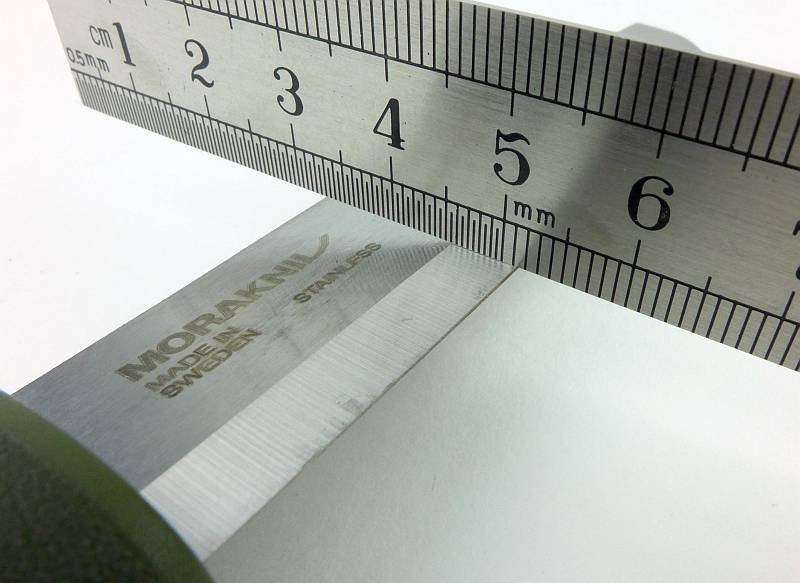
Using a set of gauges and precision measuring equipment including a Vernier protractor, callipers, fixed radius gauges and the unique Arc Master adjustable radius gauge (the one that looks like a crossbow).
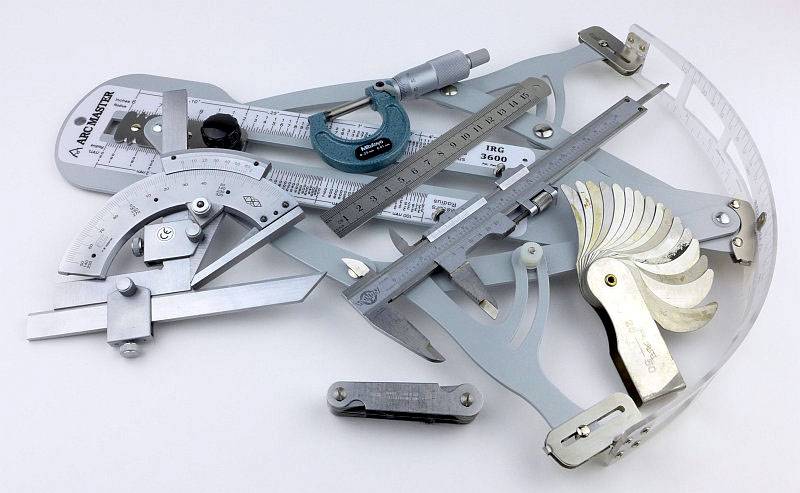
These measurements have been tabulated and are presented along with a few reference blades (8″ Chef’s Knife, 5.5″ Santoku and the popular Fällkniven F1).
Key aspects such as the primary bevel angle, grind type, blade depth, blade thickness, length, weight are detailed, along with balance information.
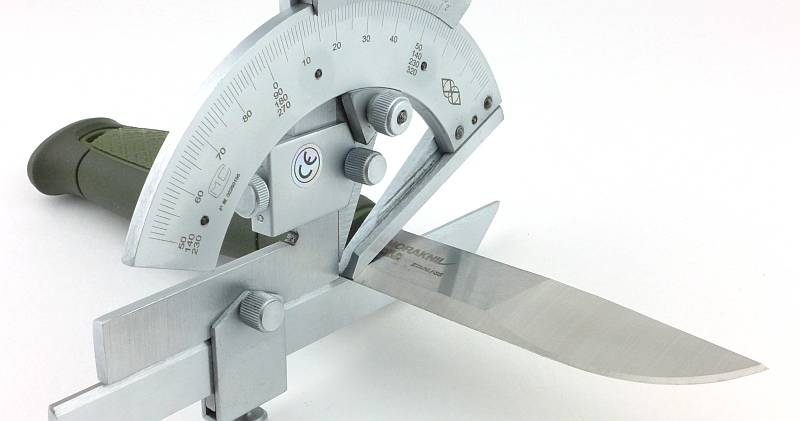
The ‘Balance relative to the front of the handle’ tells you if the knife will feel front heavy, or if the weight is in your hand (a positive value means the weight is forward of the front of the handle). The ‘Balance relative to the centre of the handle’ indicates how close to a ‘neutral balance’ the knife has in the hand.

In the case of full convex grinds the approximate centre of the grind is used for the primary bevel angle estimate.
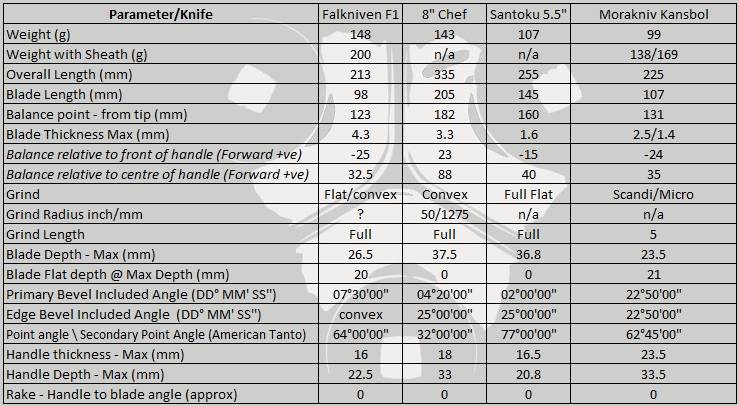
The blade is made from 2.5mm Swedish stainless steel 12C27.
Explained by the Maker:
The reasons for certain design choices may not be clear when simply looking at an object, so this section is intended to give an insight into the thinking behind a design by speaking to the designer themselves.
Unfortunately I can’t always get time with the designer so will use this section to include relevant information about the knife and its designer.
This is an interview by Tactical Reviews with ‘Head of Production’ at Morakniv, Thomas Eriksson, from IWA 2017.
The discussion includes how the factory edge is created, maintained and also includes micro-bevels and zero-grinds. It is 16 minutes long, so you might want to come back to this after reading the rest of the review.
Video Edited with – Cyberlink Director Suite 5 (PowerDirector 15 and AudioDirector 7)
Camera – Panasonic HC-V770 Microphone – Tonor TN120308BL and/or Takstar SGC-598
A few more details:
As with the recently reviewed Garberg the Kansbol has a standard , and Multi-Mount version. As before, the standard version shows the knife on the front of the box, and the Mulit-Mount version, the knife in its sheath and mount.
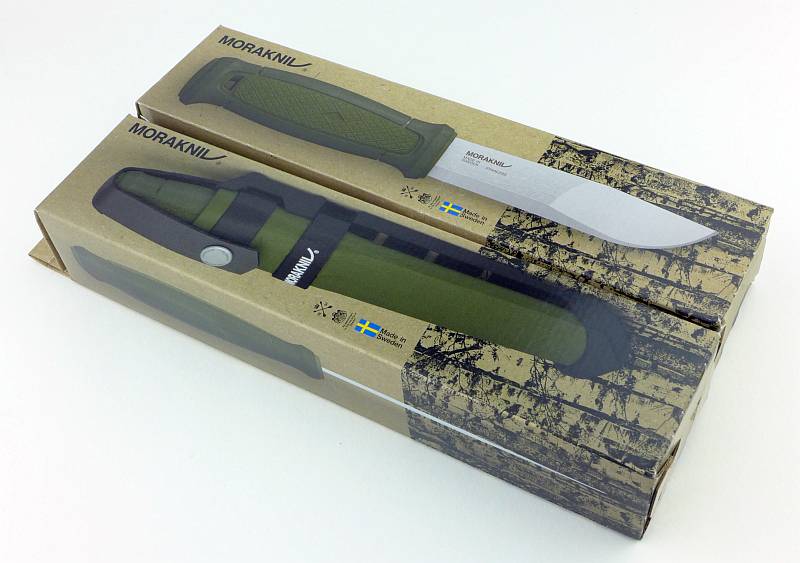
Starting with the standard version, out of the box, the belt loop is not locked into place.
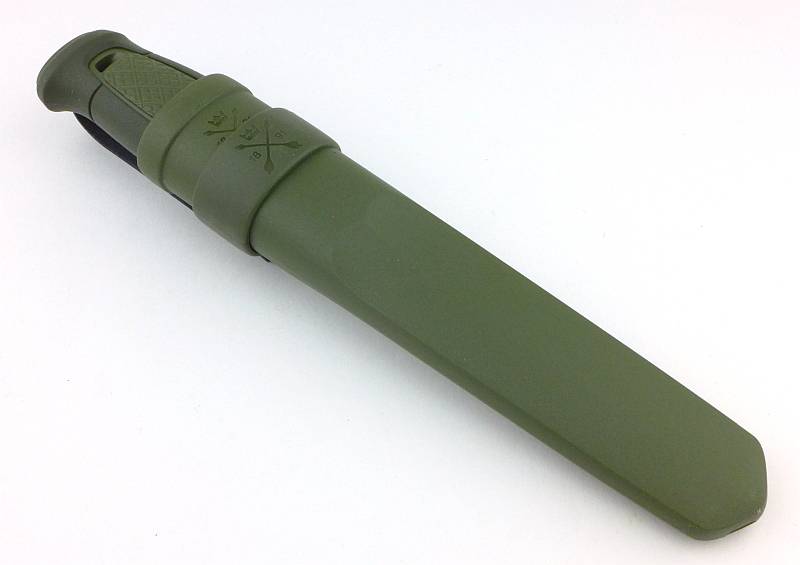
You can see the proudly displayed ‘1891’ (the date when it all started for Morakniv).
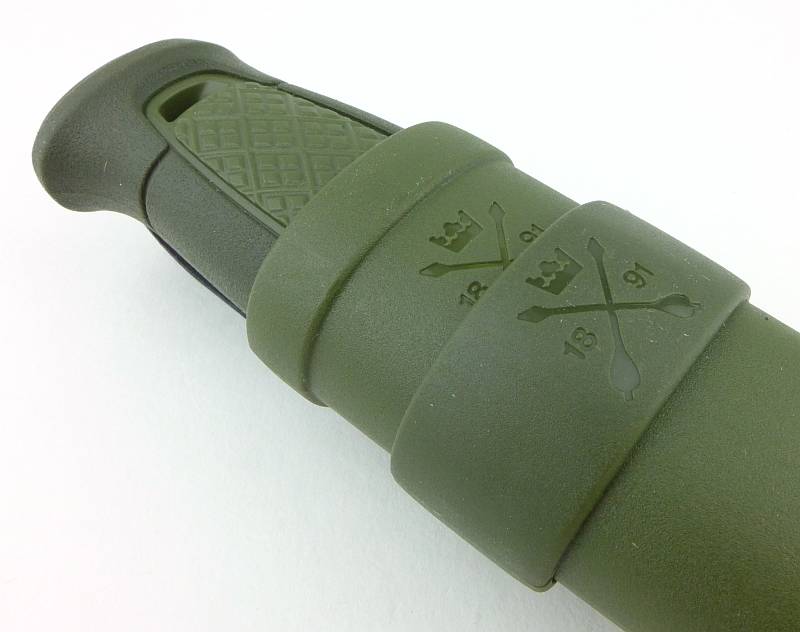
The belt loop can easily be removed if you would like to use the click-lock sheath on its own. (Click-lock is a system where lugs in the sheath click into corresponding depressions in the middle of the handle to securely hold the knife in the sheath, even when worn round the neck.)
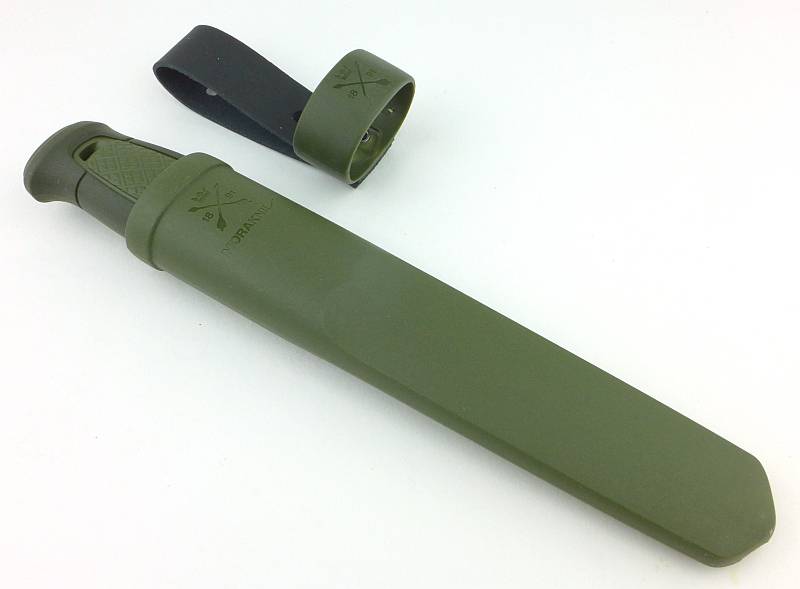
For normal belt mounting, just push the belt loop all the way to the top until it clicks into place. Once fitted to your belt, you can pop the sheath out of the belt-loop ring leaving the belt loop on your belt so you can stow the knife elsewhere.

Immediately distinctive, even within the Morakniv range, the dual-grind all-round blade of the Kansbol.
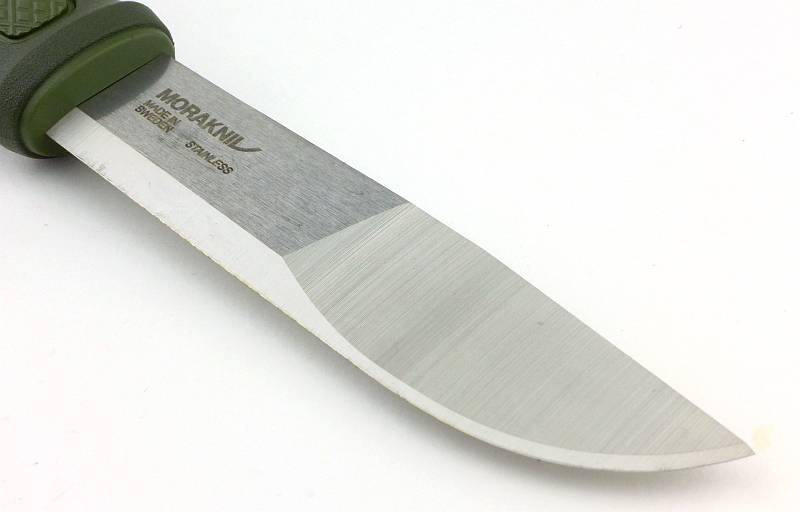
The spine has been ground to have sharp corners for striking sparks from ferrocerium rods.
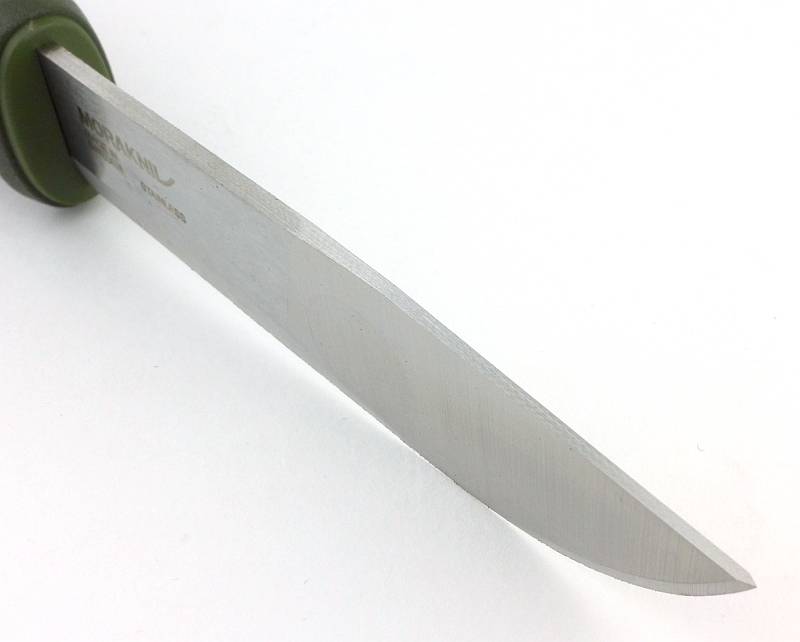
With its Scandi-grind, thanks to the additional profiling that thins the front section of blade, it gives the blade a very different appearance to the standard Scandi-grind blade we are used to.

Much like the Garberg, the Kansbol has the symmetrical handle that allows for forward or reverse grips, but the Kansbol also has a TPE (a rubbery polymer) coating over the polypropylene handle core.
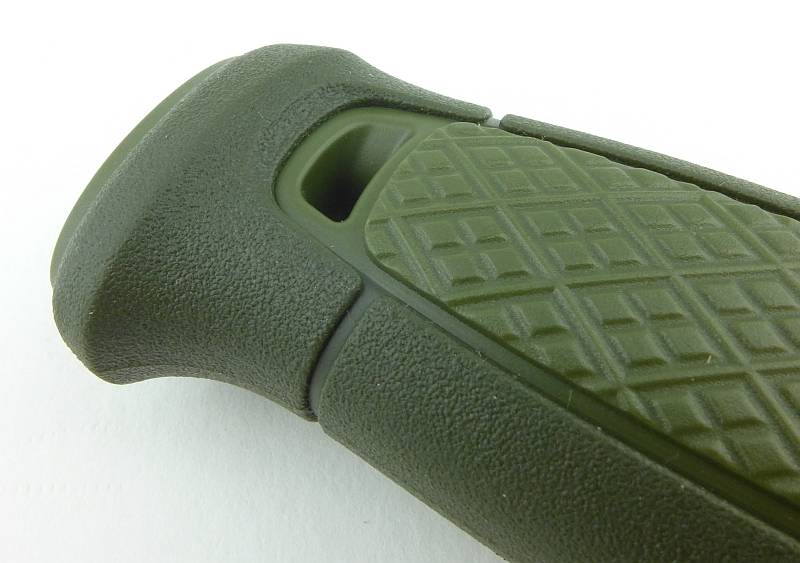
Next up is the Multi-Mount version. In the box, all the components are slotted together.
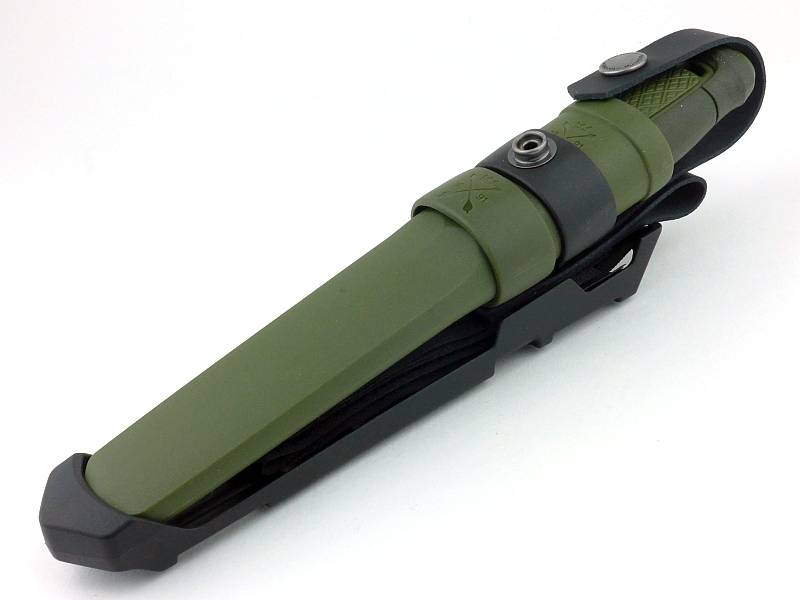
Included are the plastic holster, a belt loop, a locking strap, three hook and loop straps and the multi-mount itself.
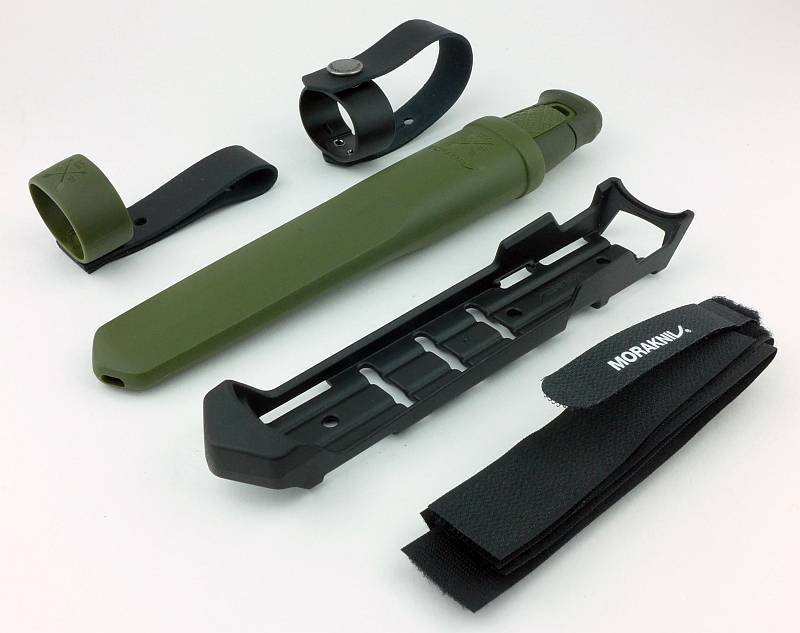
The simplest configuration you can use the Multi-Mount, is to have the bare sheath held in the mount with a hook and loop strap. The click-lock of the sheath keeps the knife in place.

For total security, the locking strap can be added.
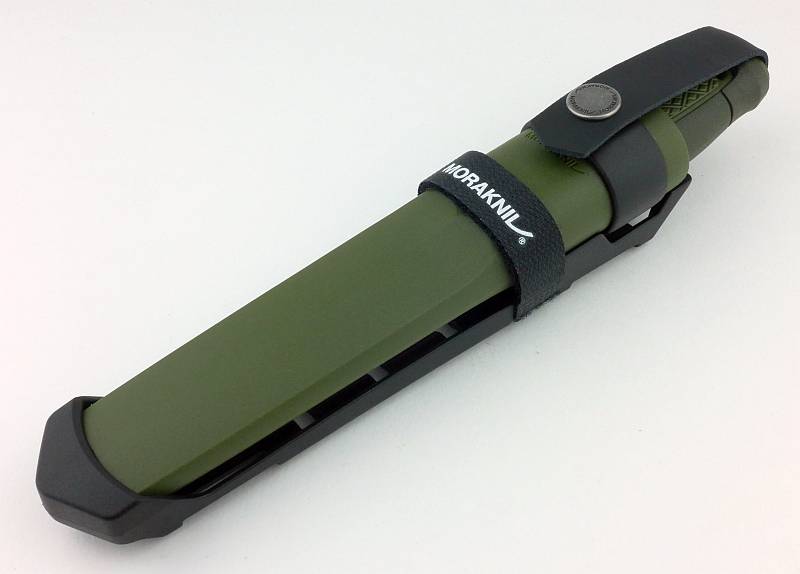
Turning the Multi-Mount over, you can see how the locking strap is fed through the mount and will keep everything in place even if the hook and loop strap failed.
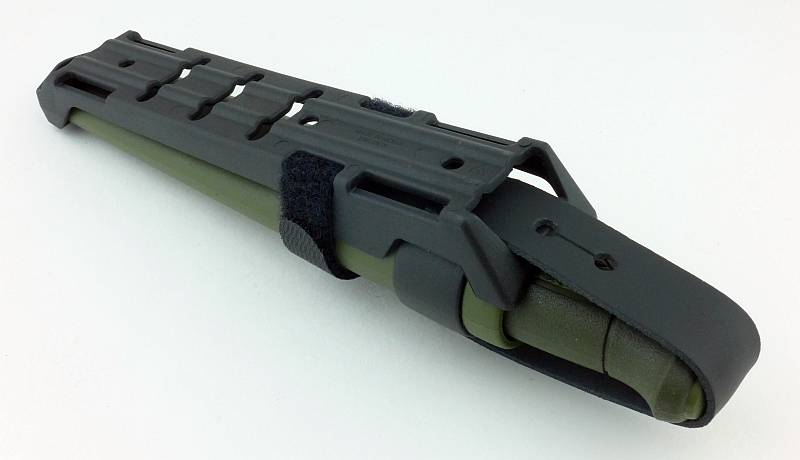
What it is like to use?
Morakniv are extremely good at making comfortable knives, and though the Kansbol’s handle is not shaped in the way the Companion and Bushcraft models are, you can work with it for hours on end. The handle is a size that will work well for almost anyone (I take XL size gloves), and in line with many of the other Morakniv knives, the blade length is easy to wield for all those every day tasks.
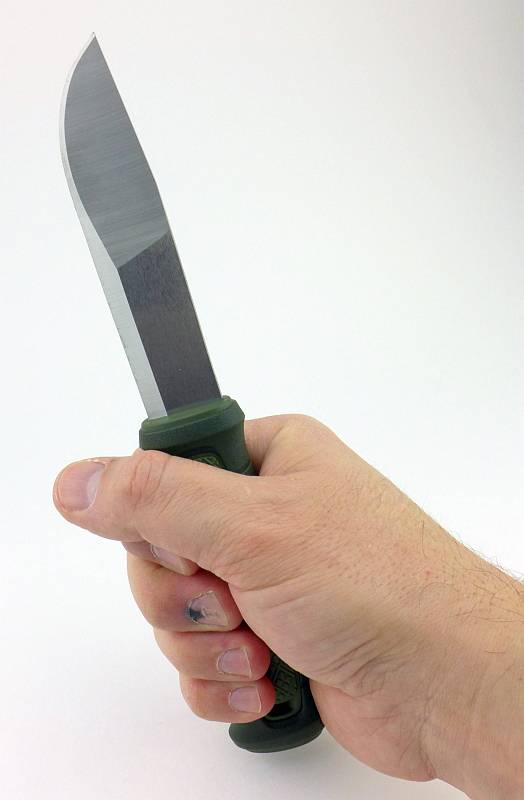
As you would expect, the Scandi-grind of the Kansbol takes all things wood related in its stride. What is not shown here is the fact that the additional profiling of the forward section of the blade makes it well suited to many tasks a standard Scandi-grind blade is not. This includes food preparation, and game preparation where the slimmer blade cuts deeply much more easily.
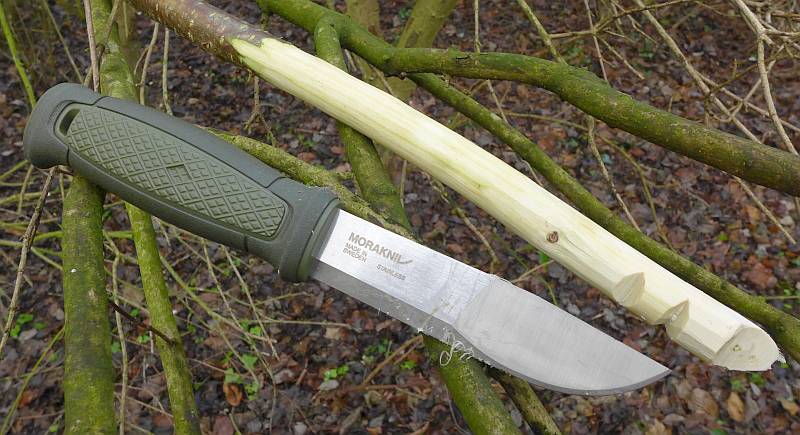
Before jumping to the Multi-Mount, something to mention about the belt loop, is that thanks to its click-fit to the sheath, you can easily remove the sheath from the loop, and stow the knife in you pack, leaving just the loop on your belt.
In the Garberg review, I showed the Multi-Mount fitted to the back of the rear seats of my car. As the Multi-Mount is so versatile and opens up so many options, there are far too many to show, but to illustrate just one, in this case I’ve used the hook and loop straps to fit it to a walking stick.
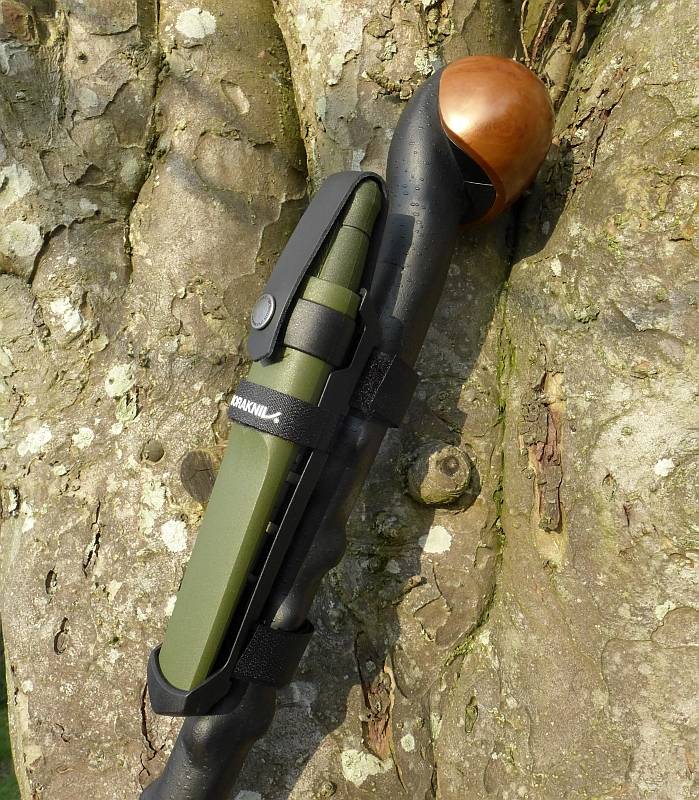
I’ve been appreciating how useful it is to have the knife to hand like this, but in the UK this is really only suitable in more rural areas where the sight of a working tool does not cause distress to anyone.
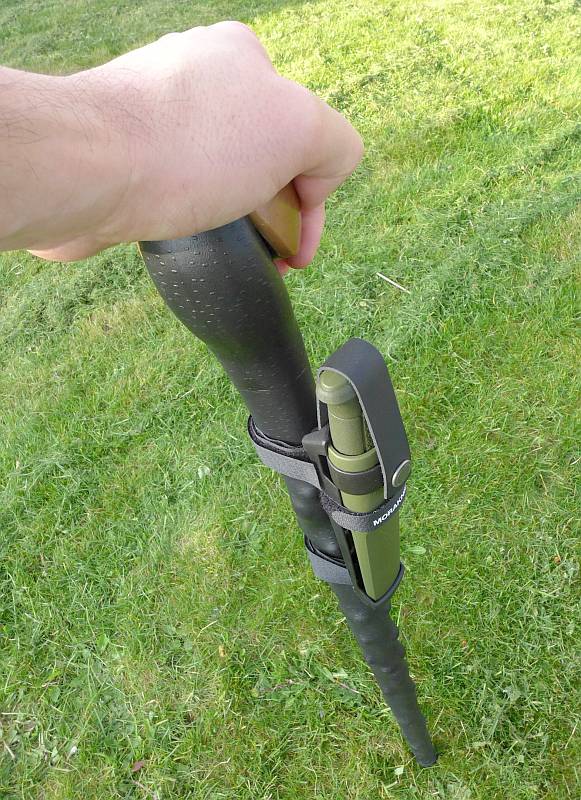
Although the Kansbol will work hard, I’d not choose to be batoning with it too much. Given its proper place as a general purpose knife, it does this job fantastically well. Hopefully by re-launching this knife blade (from the ‘2000’ model), Morakniv will bring the benefits of the profiled blade more into the limelight.
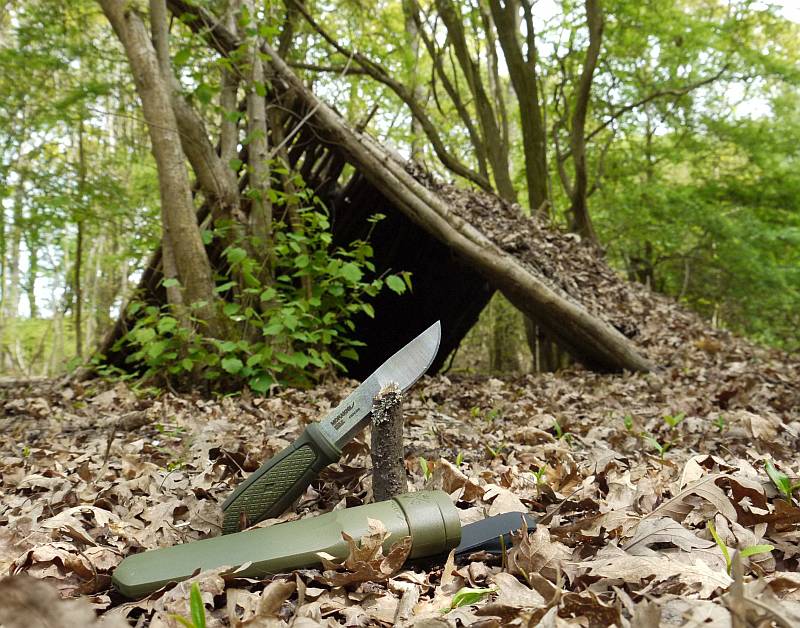
Tactical Reviews – Review Summary
The views expressed in this summary table are from the point of view of the reviewer’s personal use. I am not a member of the armed forces and cannot comment on its use beyond a cutting tool or field/hunting knife.
Something that might be a ‘pro’ for one user can be a ‘con’ for another, so the comments are categorised based on my requirements. You should consider all points and if they could be beneficial to you.
| _______________________________________________ | _______________________________________________ |
| Things I like | What doesn’t work so well for me |
| _______________________________________________ | _______________________________________________ |
| Additional blade profiling makes this an excellent all-rounder. | Considering the high value for money of this knife, adding anything in this column would be simply for the sake of it. In true terms there really isn’t anything to knock this down on. |
| Tough and lightweight. | |
| Flexible mounting options. | |
| Ambidextrous. | |
| Comfortable for extended use. |
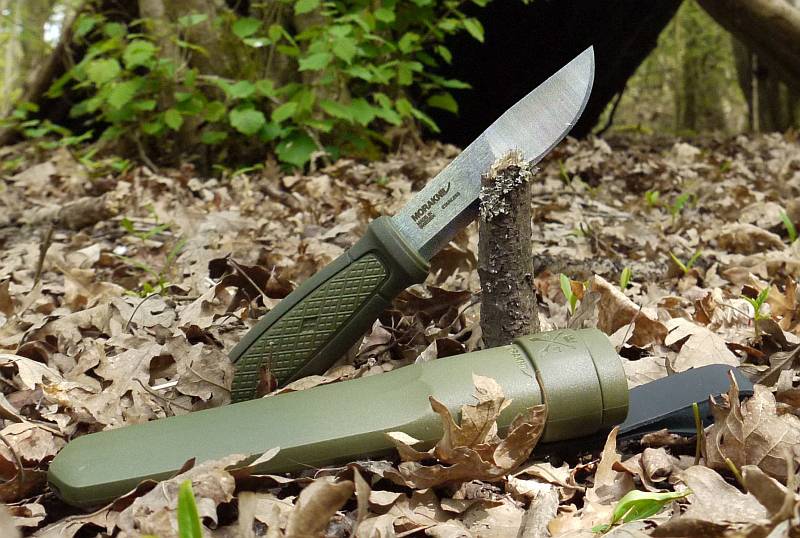
Discussing the Review:
The ideal place to discuss this reviews is on a forum. If you started reading the shorter forum version of the review, but followed the link this full exclusive review, please return to that forum to discuss the review there.
If you read the review entirely on Tactical Reviews, please consider one of the following to join in any discussion.
EdgeMatters – Sponsored Reviews (UK based Forum for Knife Makers and Collectors)
BladeForums – Knife Reviews (US based Forum for Knife Discussion)
CandlePowerForums – Knife Reviews Section (Largest and Friendliest Flashlight Community Forum)

